How the Cavaliers are reinventing themselves during the NBA playoffs

Get all of Rob Mahoney's columns as soon as they’re published. Download the new Sports Illustrated app (iOS or Android) and personalize your experience by following your favorite teams and SI writers.
The closest thing the Cavaliers have to a lasting and precise identity is that they are a LeBron James team. With that comes a certain understanding and expectation, if not the kind of organizational philosophy that tends to inform the play of a contender.
Cleveland compensates with pure ability. On some nights, that manifests in James battering his way to the rim. On others, it might change shape to feature Kyrie Irving off the dribble or Kevin Love in his own varied means of production. Coaches around the league marvel at how much offense the Cavs can manufacture independent of sets or principles. Their shifting balance can be a virtue—particularly in a playoff setting where teams can otherwise scout and scheme one another into gridlock. Talent, like no other force in basketball, breaks free.
With that freedom comes room for contextual adjustment. The Cavaliers team that completed its sweep of the Pistons on Sunday is fundamentally different from those that worked their way to the NBA Finals, round by round, last season. To wit: Cleveland’s shapeshifting form became a three–point shooting juggernaut in Round 1 as a precise counter to Detroit’s defense. It played Golden State’s tune in half time; in the slowest series of the playoffs thus far, the Cavs launched up threes at a volume that comprised 41.3% of its overall field goal attempts. Only three other teams in NBA history have ever posted that kind of three–point rate for a full series, according to NBA.com, and only one among them (the 2009–10 Magic) advanced beyond their single-round shooting spree.
Healthy and refocused, Cavaliers look primed for deep playoff run
Cleveland hit that mark with its steadfast commitment to four–out and five–out basketball. Timofey Mozgov, the Cavs’ second–best player in last year’s Finals, couldn’t even make it on the floor to match up with Andre Drummond—one of the NBA’s most traditionally effective centers. Instead, Cavs coach Tyronn Lue entrusted Love to fill backup minutes at the five and put Detroit’s defense in a constant bind. Every Love pick–and–pop forced the Pistons (who otherwise held their opponents to the second–lowest three–point shooting rate in the league during the regular season) to scramble. With so many shooters on the floor, the breakdowns were inevitable. Cleveland’s two most frequent lineups with Love at center capitalized by attempting two–thirds of their combined shots from three–point range—and making nearly half of them.
• MORE NBA: Lakers fire Scott after Kobe's exit spirals out of control
Beyond that, matchup difficulties forced the Pistons to overreact to Love’s post–ups on slighter defenders:
And load up in preparation for LeBron’s drives:
Specific personnel advantages took the Pistons out of what they do well defensively and forced them to play a different kind of series. Detroit rallied in other ways to contest each of the four games, though overall allowed Cleveland to set a single-game playoff record with 20 three–pointers in Game 2 and shoot 41.3% (a mark oddly identical to the Cavs’ three–point shooting rate) from deep for the series. There was only so much that could be done against a Cleveland team this confident in its process and this willing to make the extra pass.
GALLERY: LeBron James's SI covers over the years
LeBron James’s SI Covers
February 18, 2002
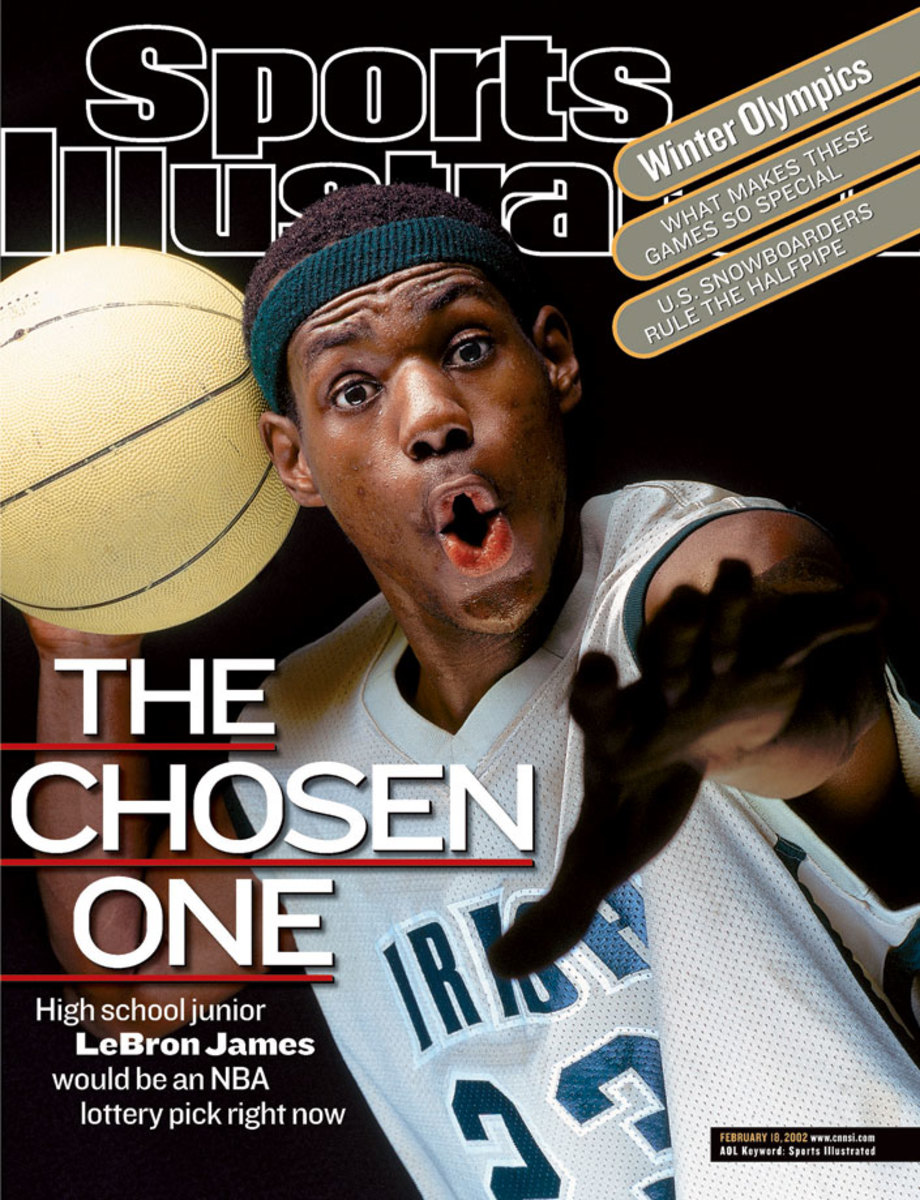
October 27, 2003
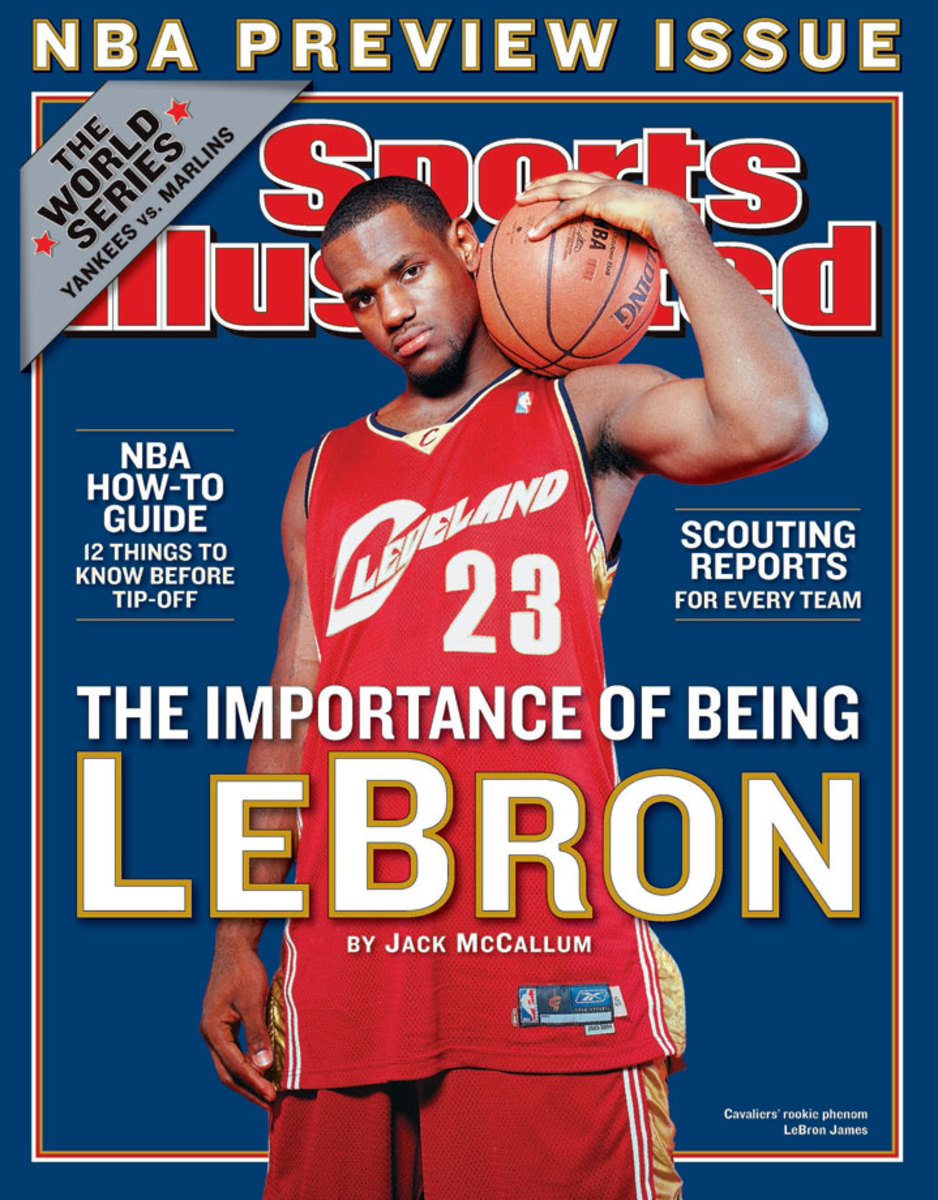
February 21, 2005
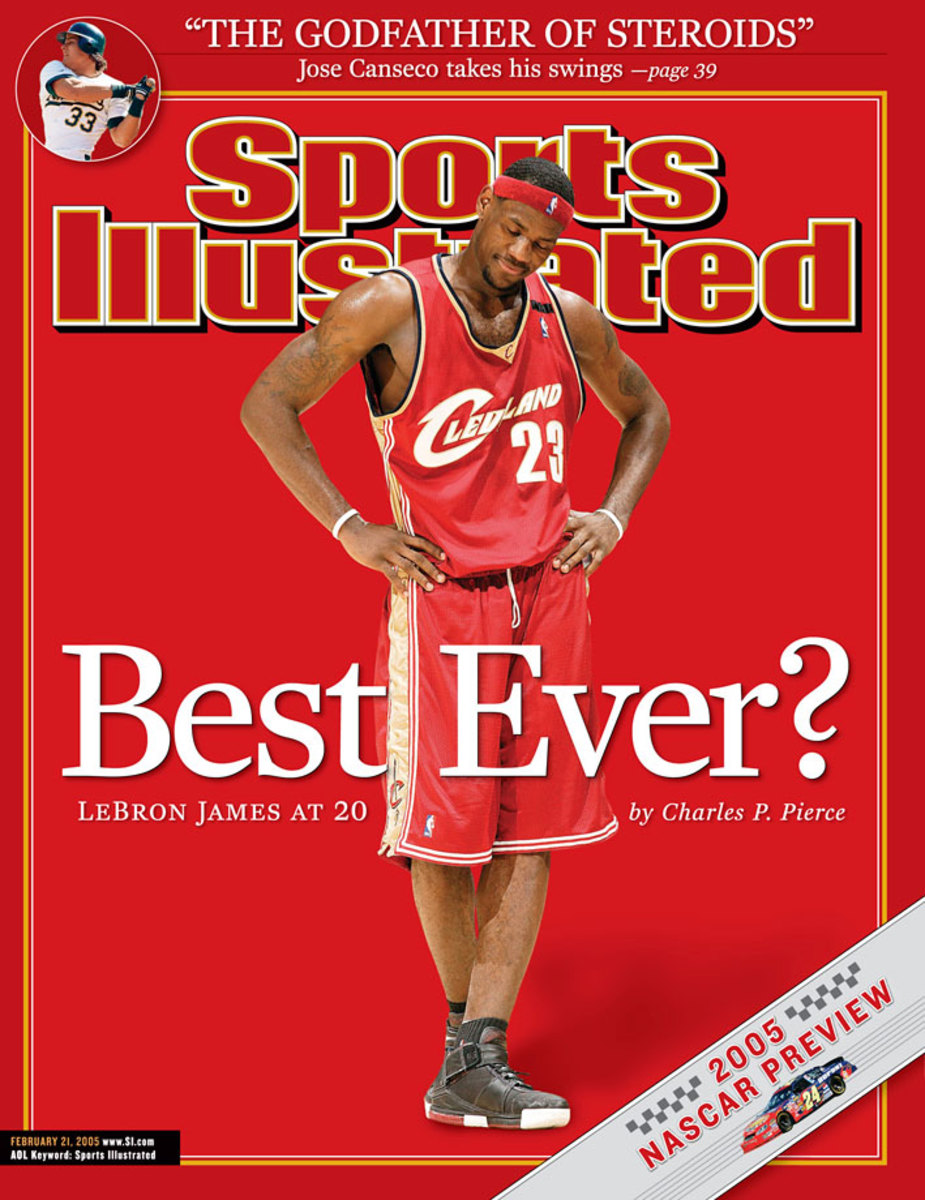
April 24, 2006
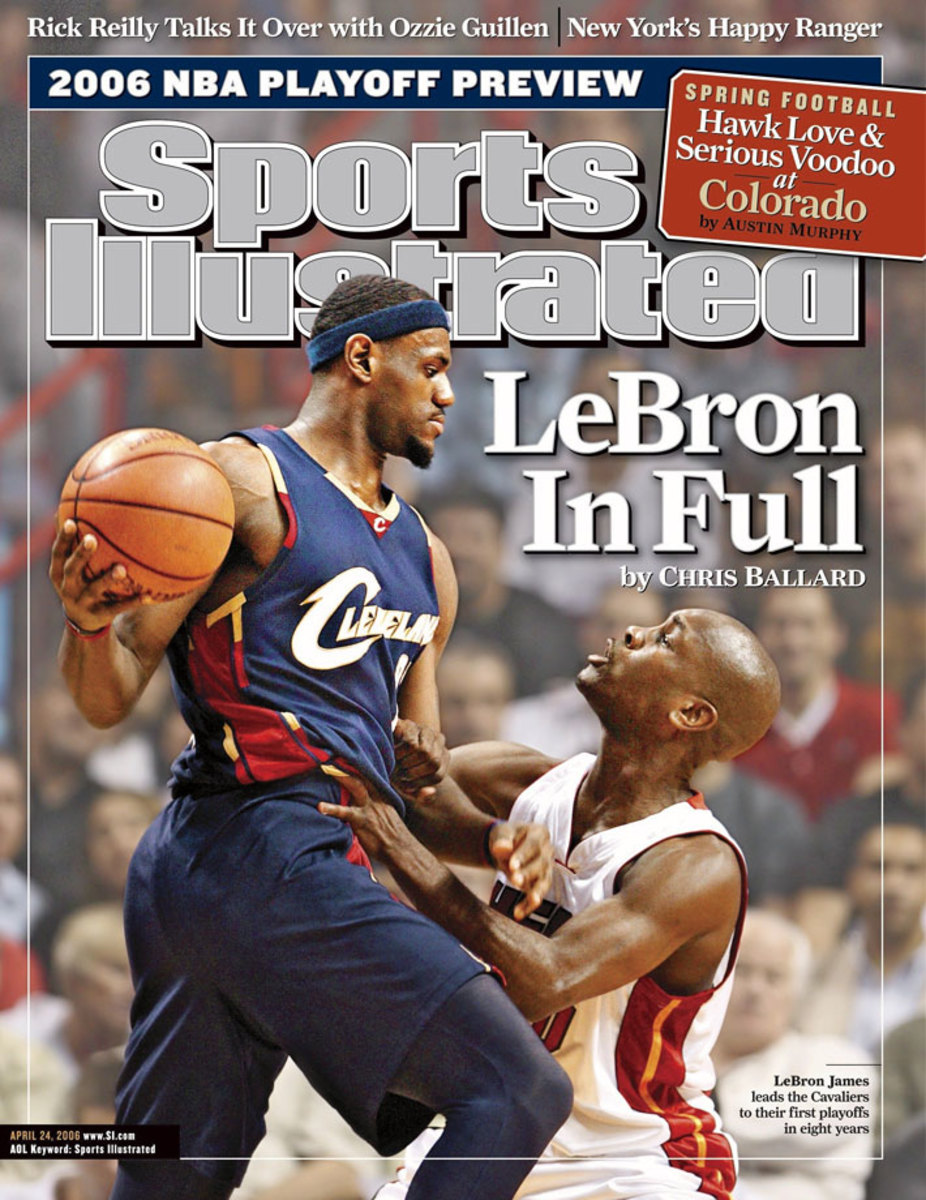
October 23, 2006
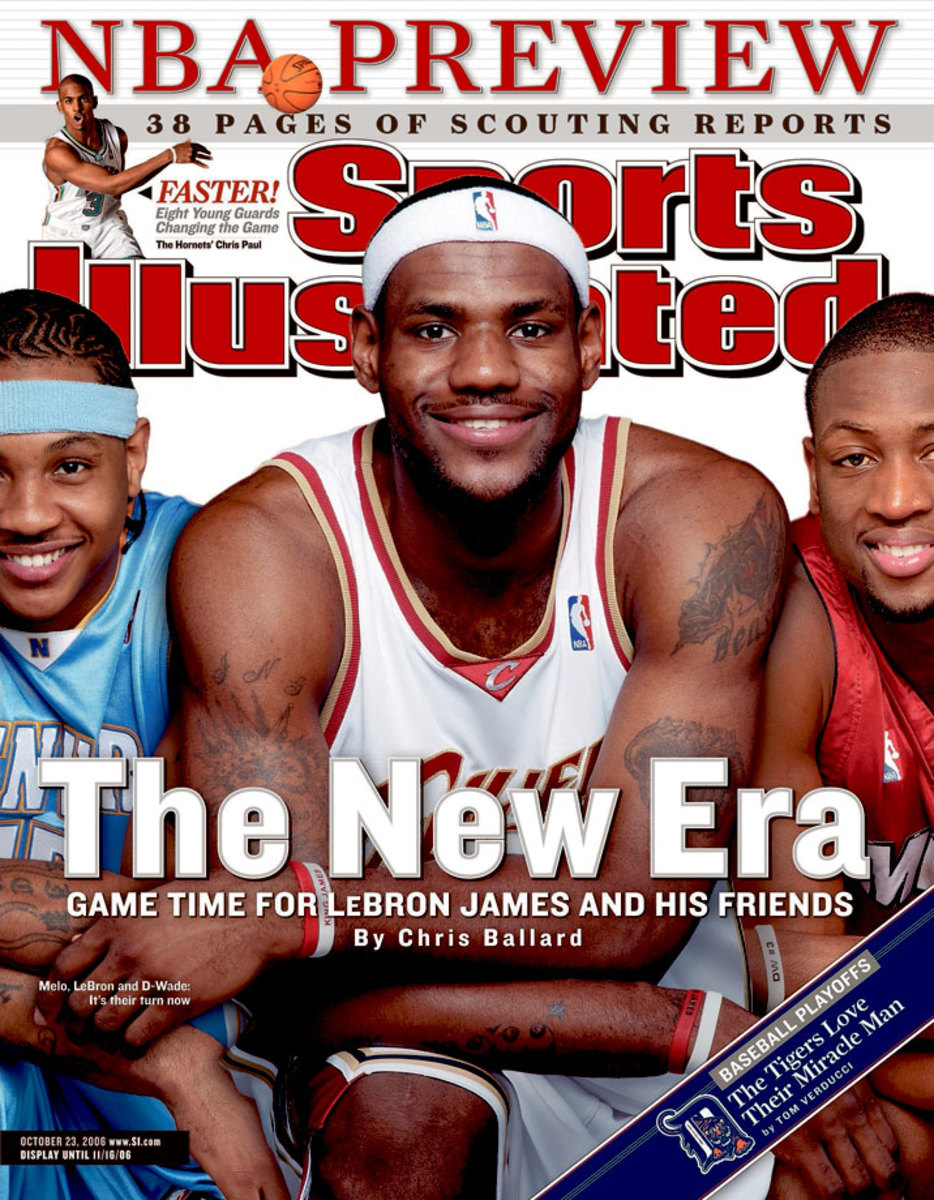
June 11, 2007
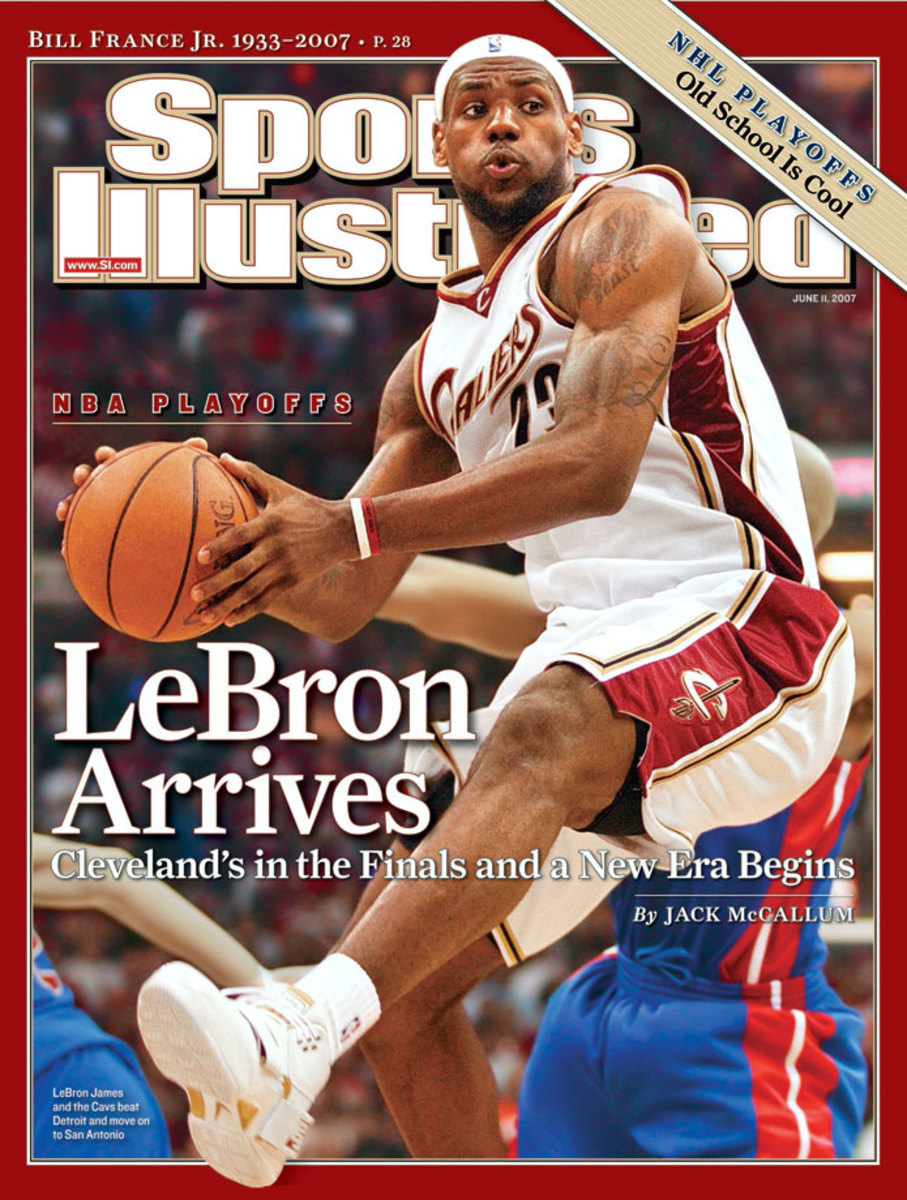
October 27, 2008
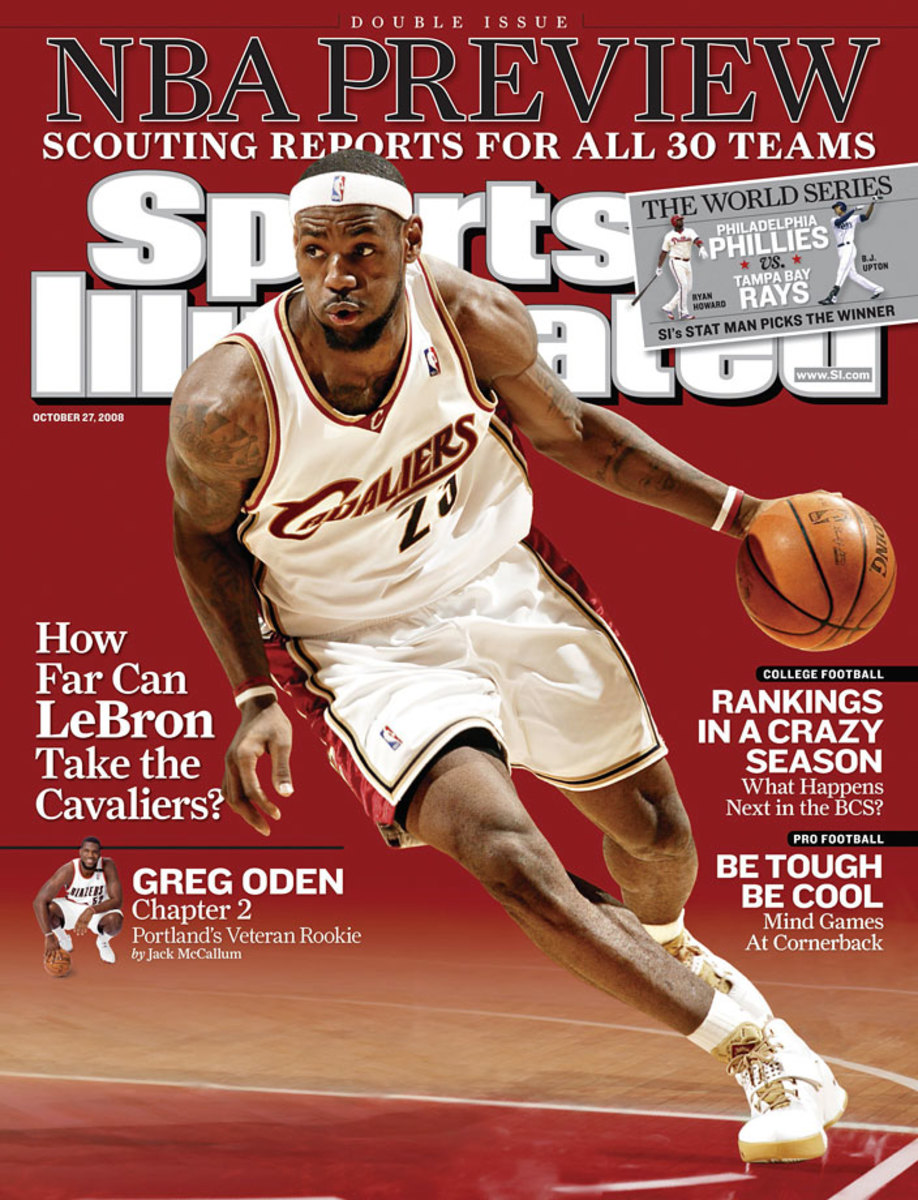
February 2, 2009
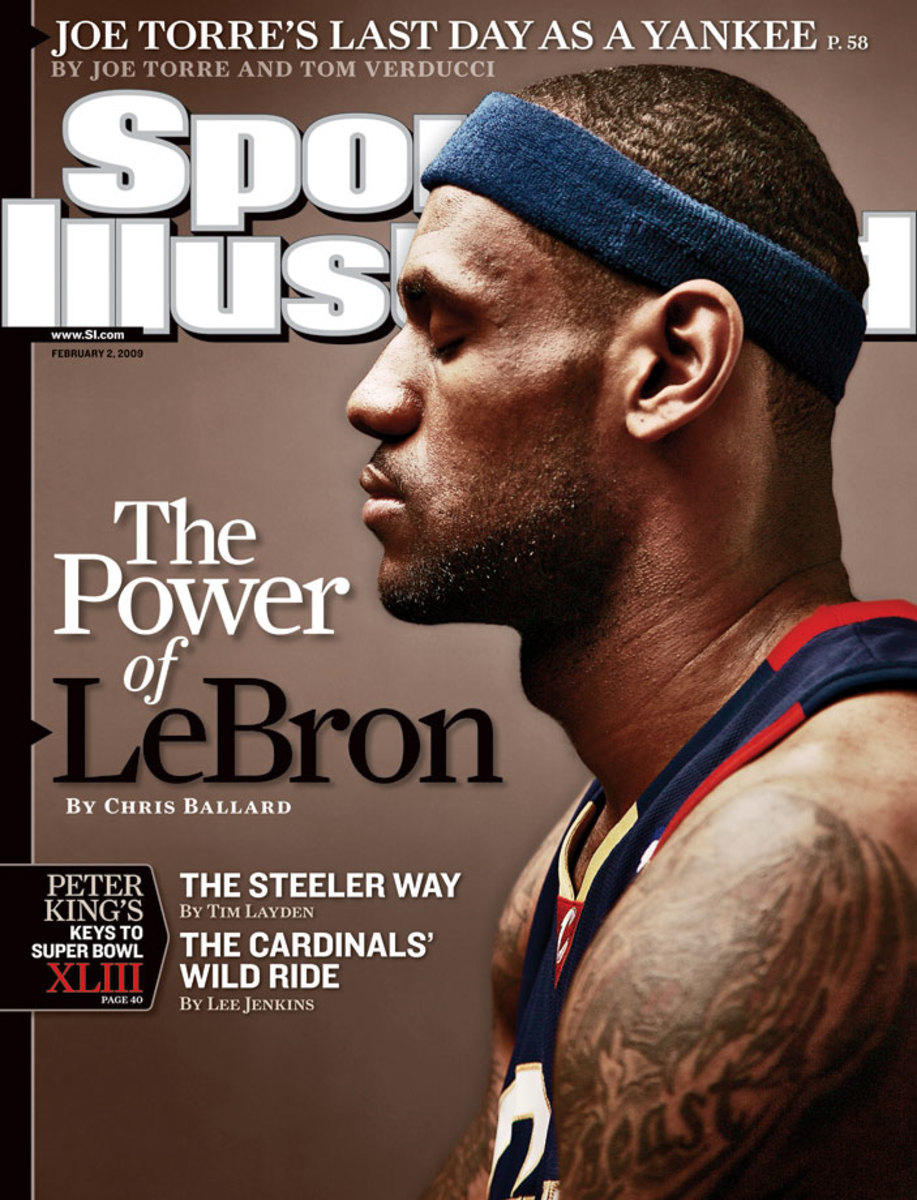
May 25, 2009
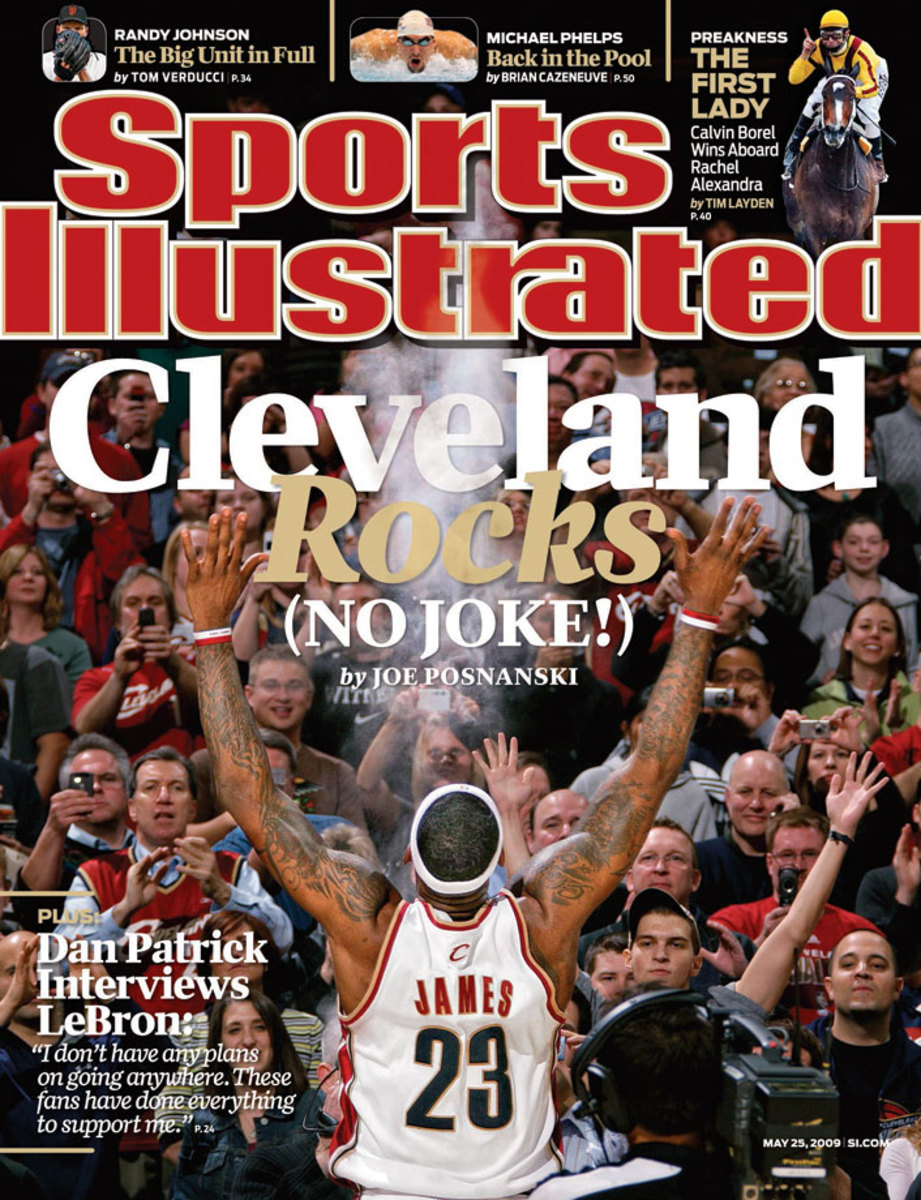
October 26, 2009
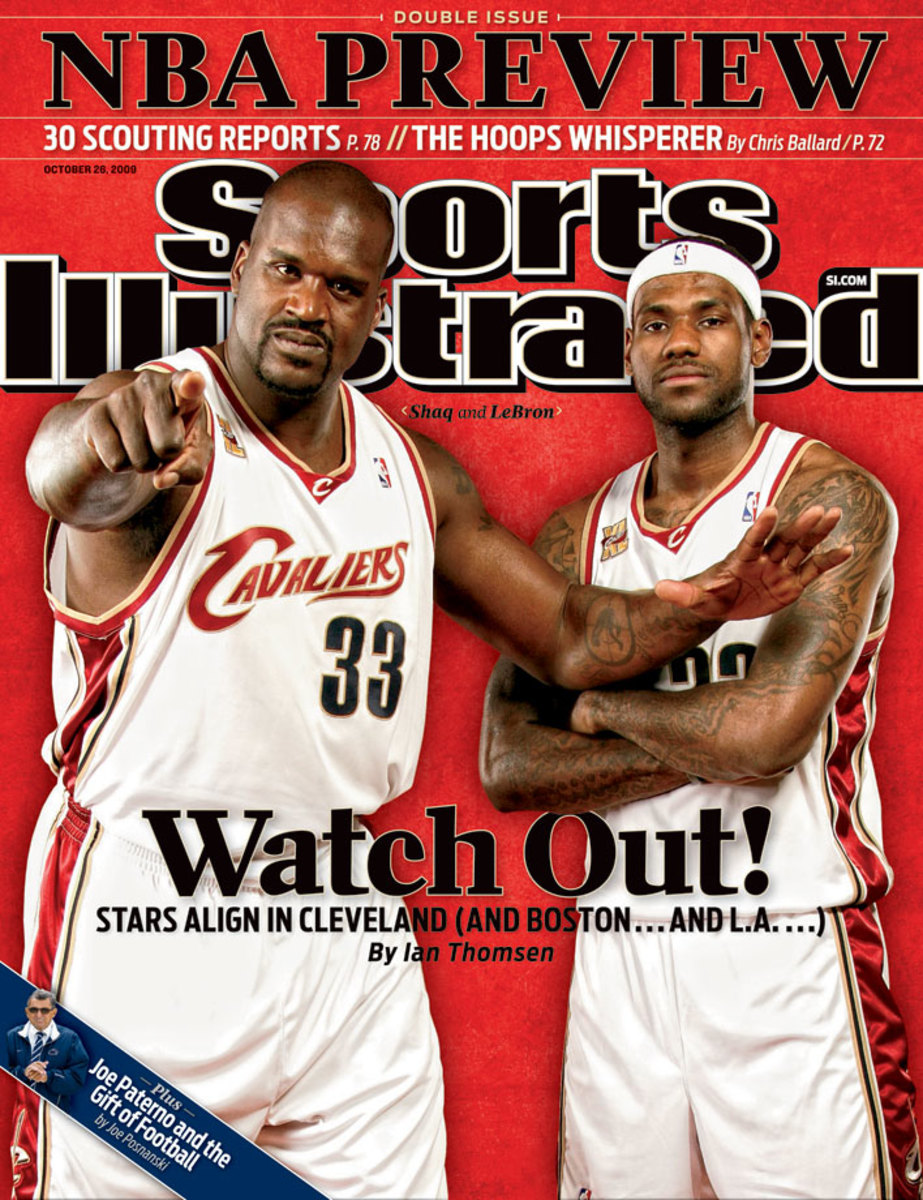
December 28, 2009
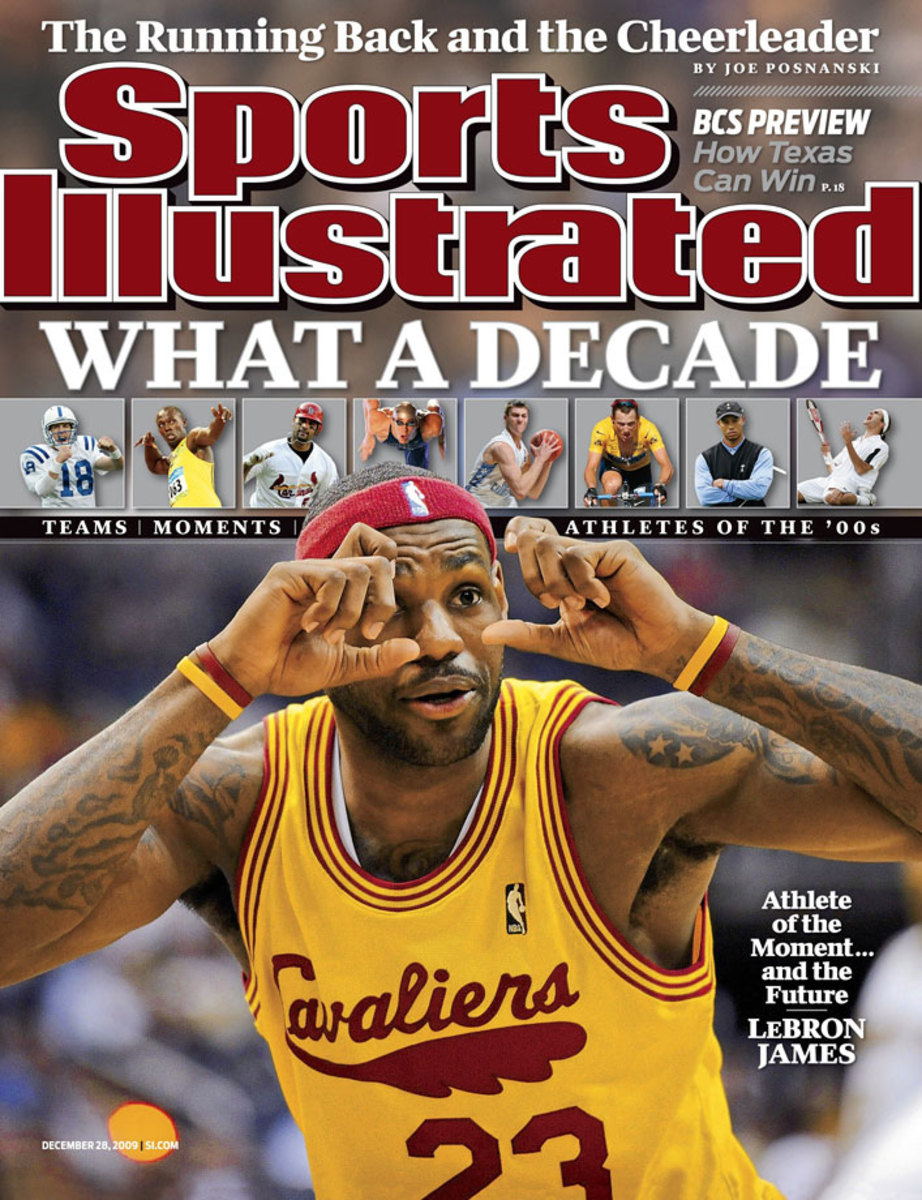
July 19, 2010
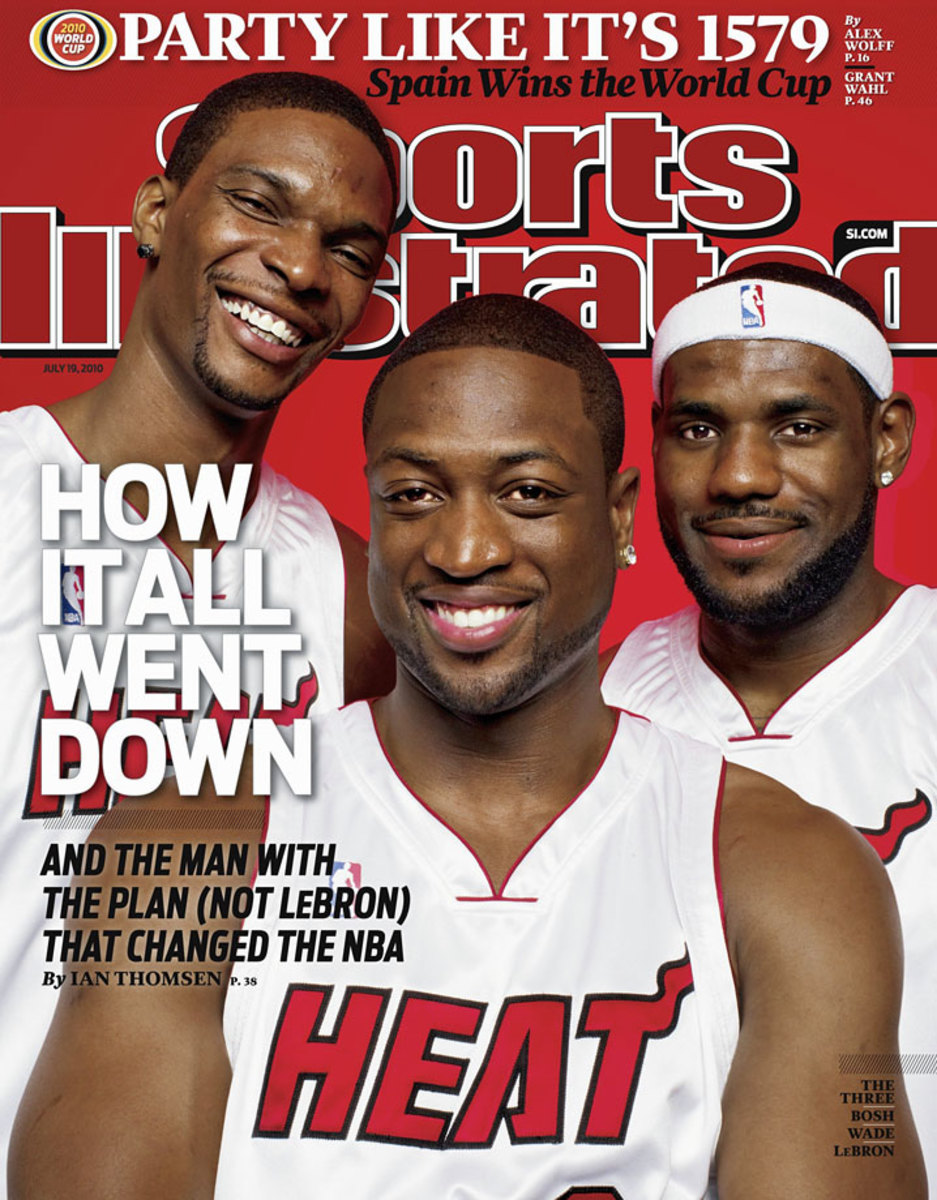
May 30, 2011
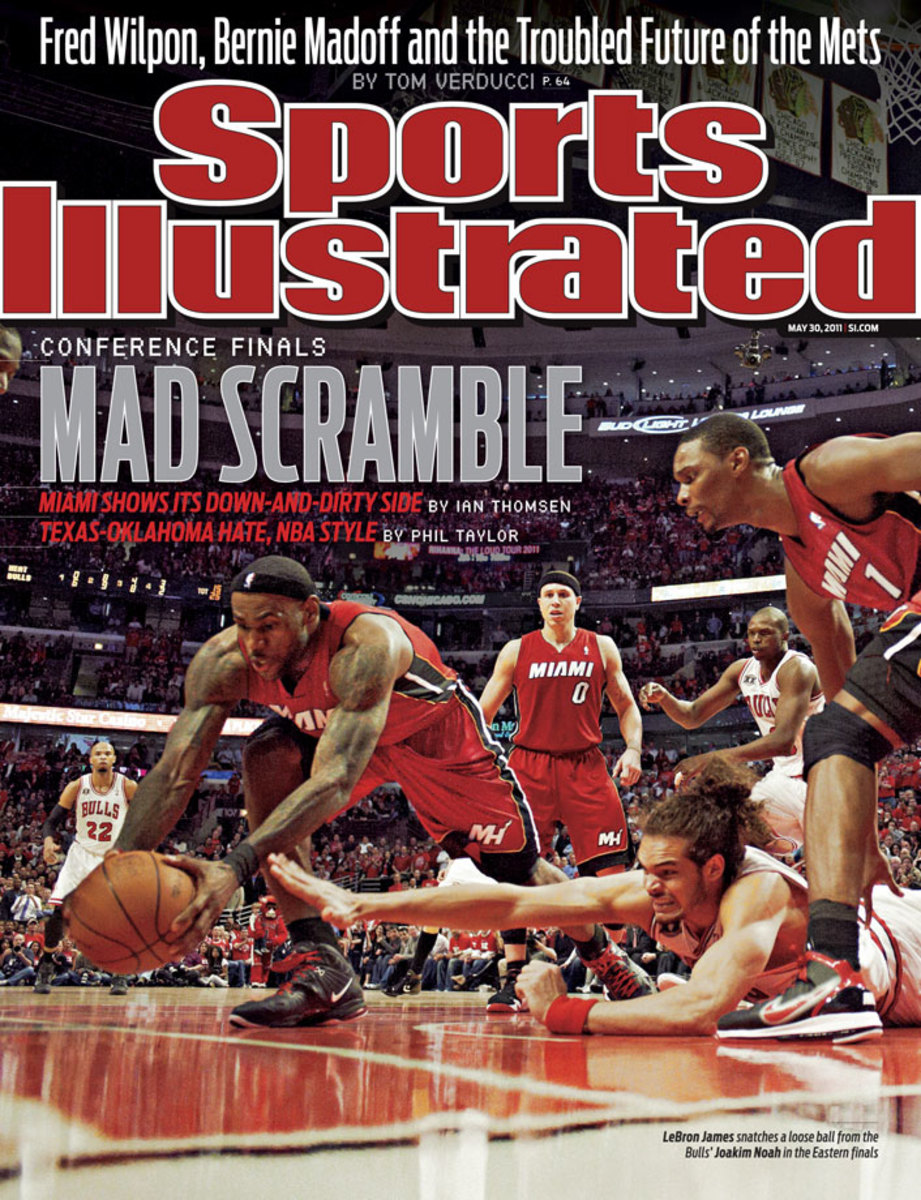
April 30, 2012
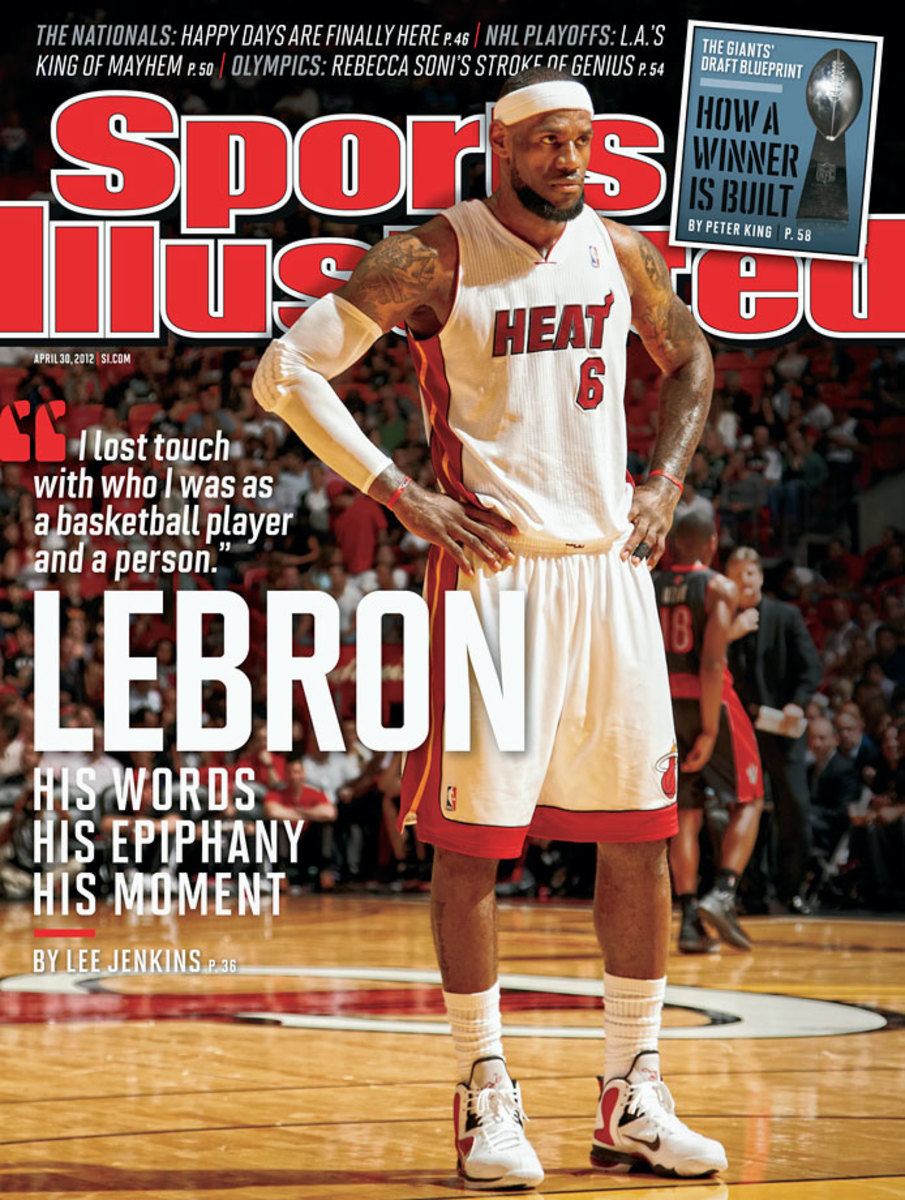
June 18, 2012
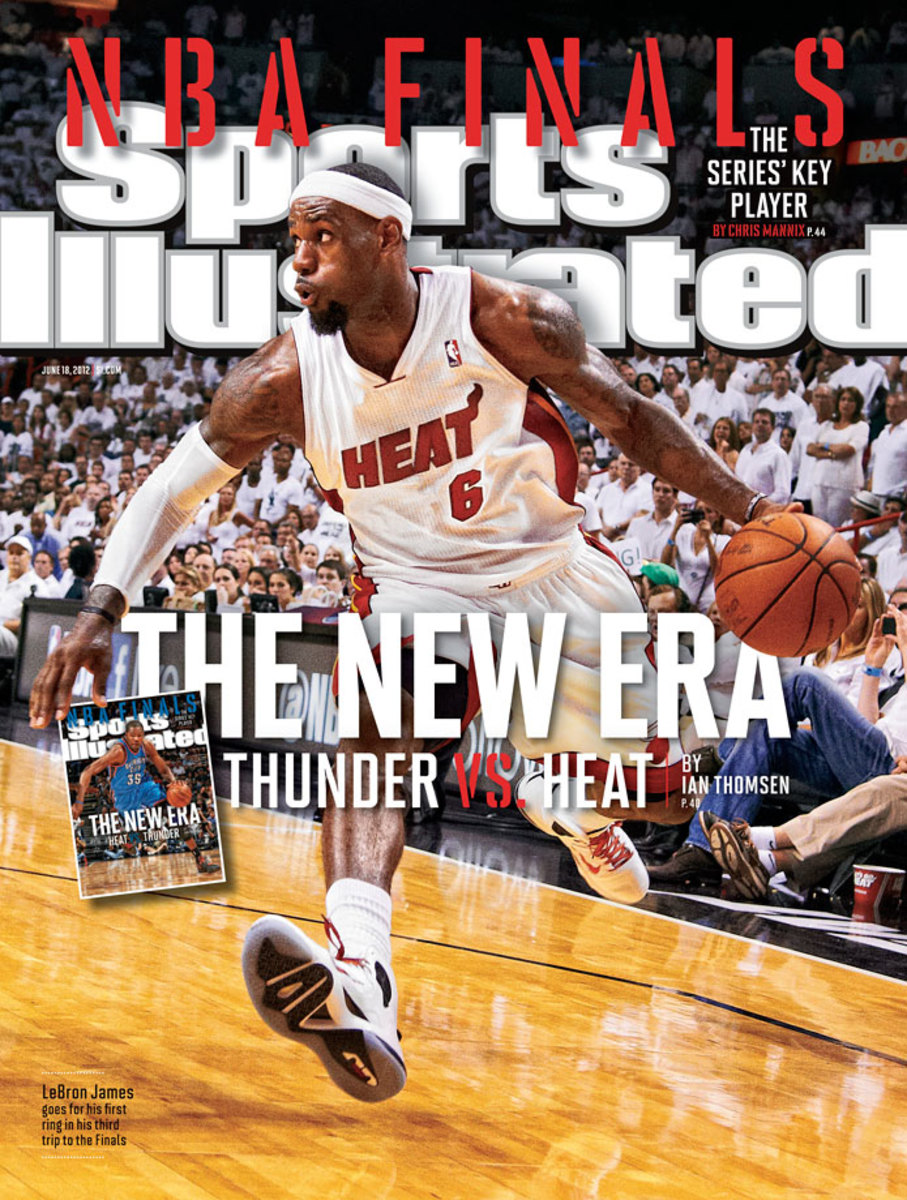
June 25, 2012
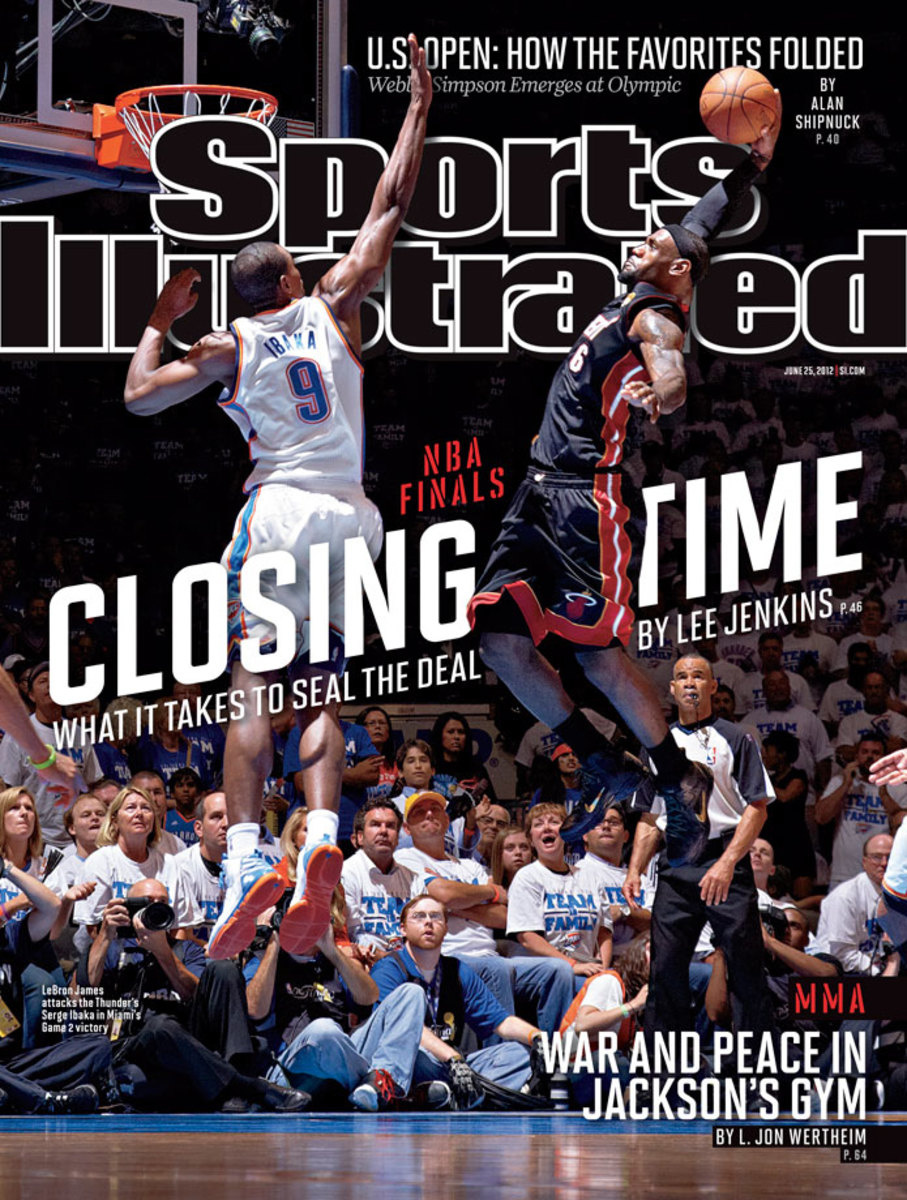
July 2, 2012
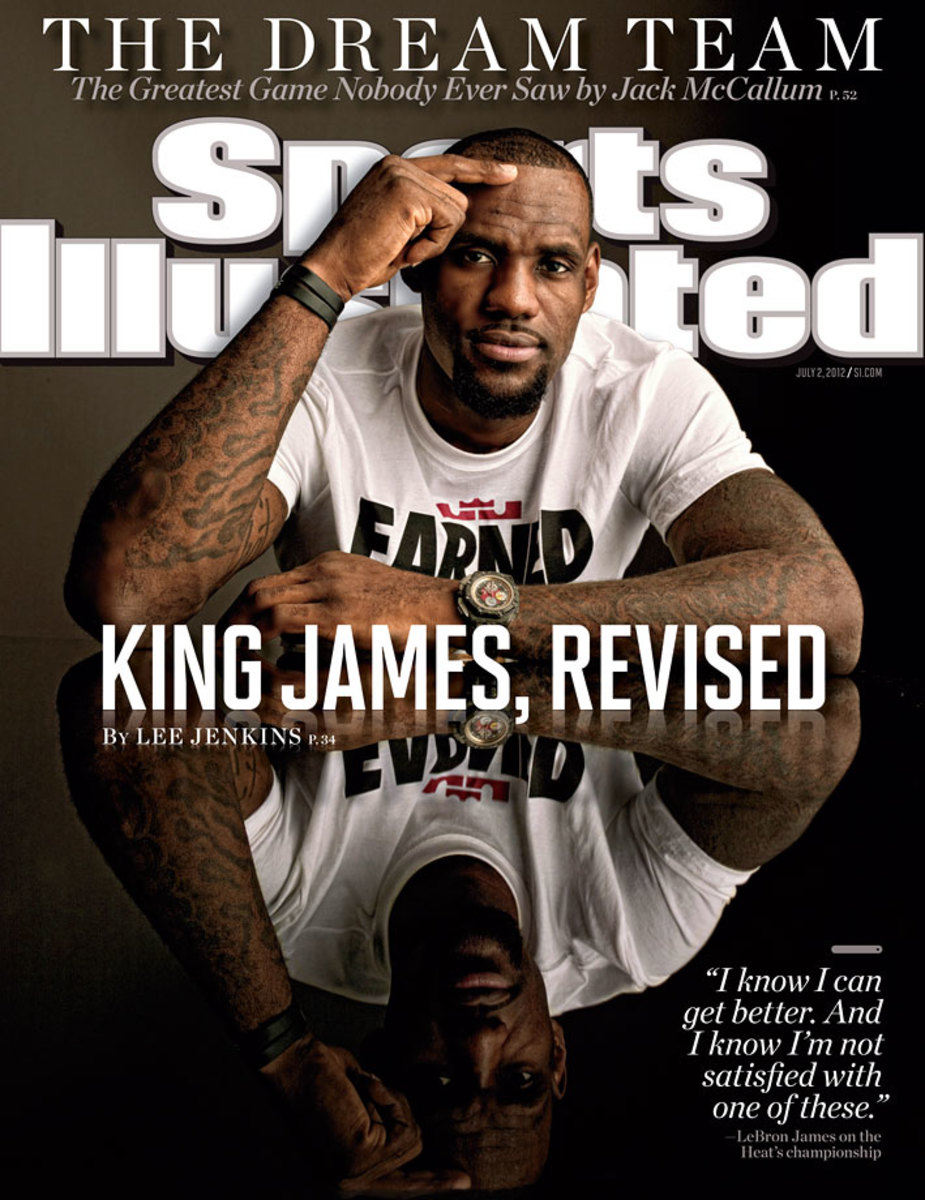
December 10, 2012
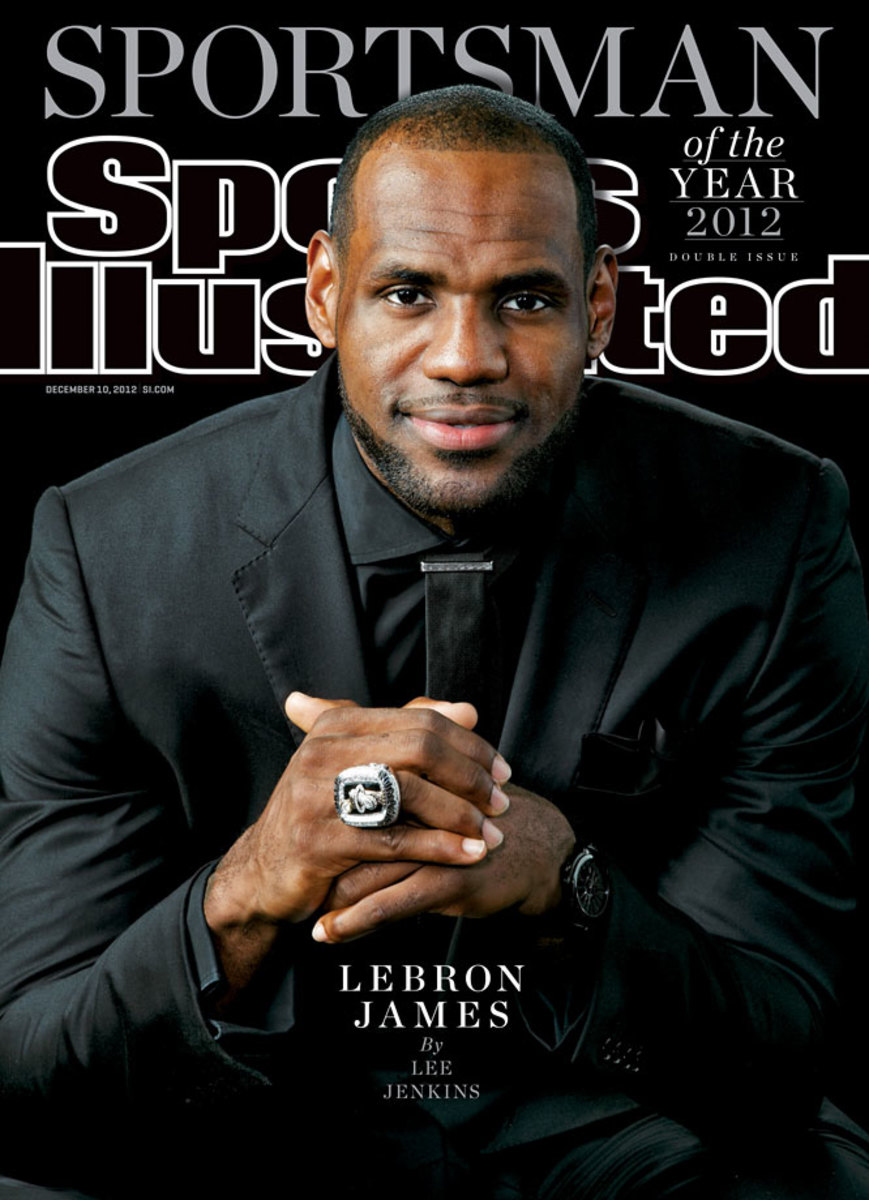
June 3, 2013
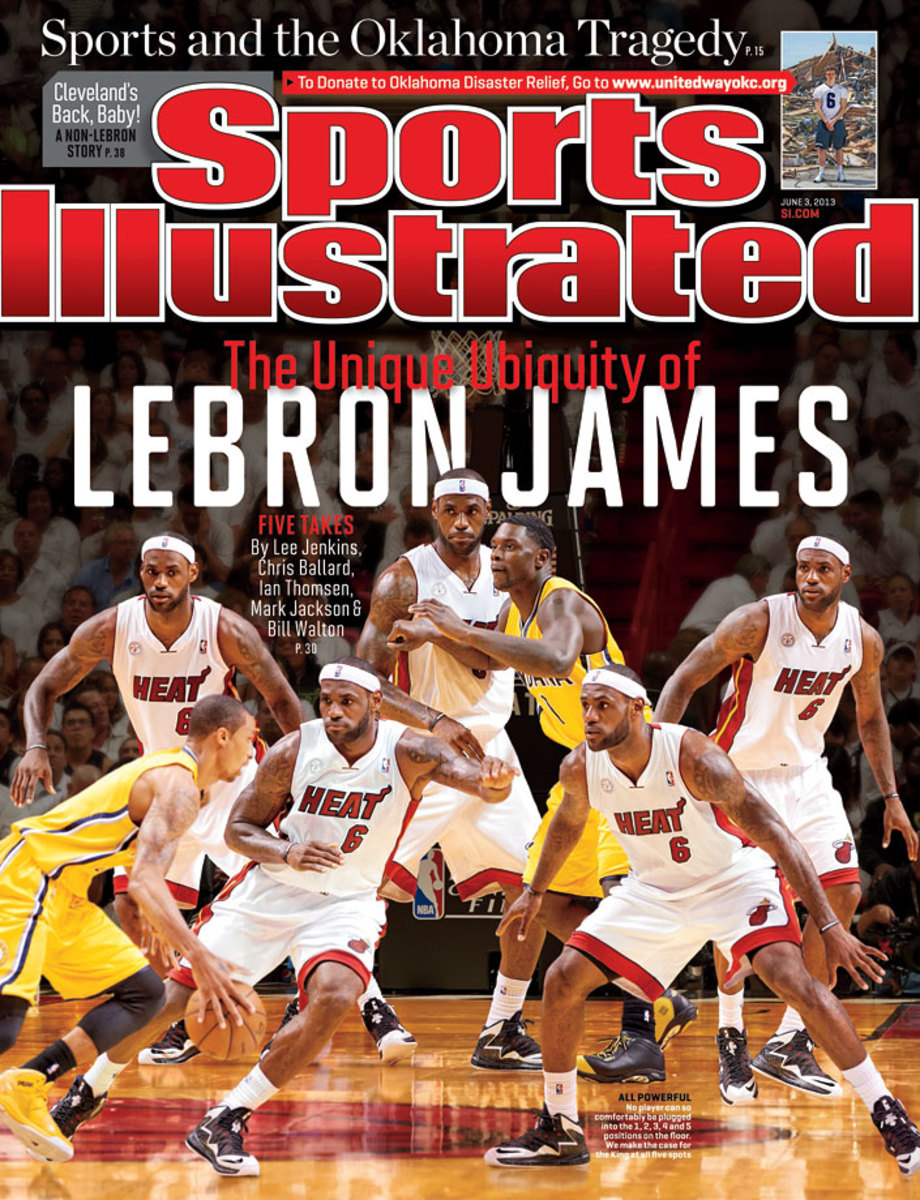
July 1, 2013
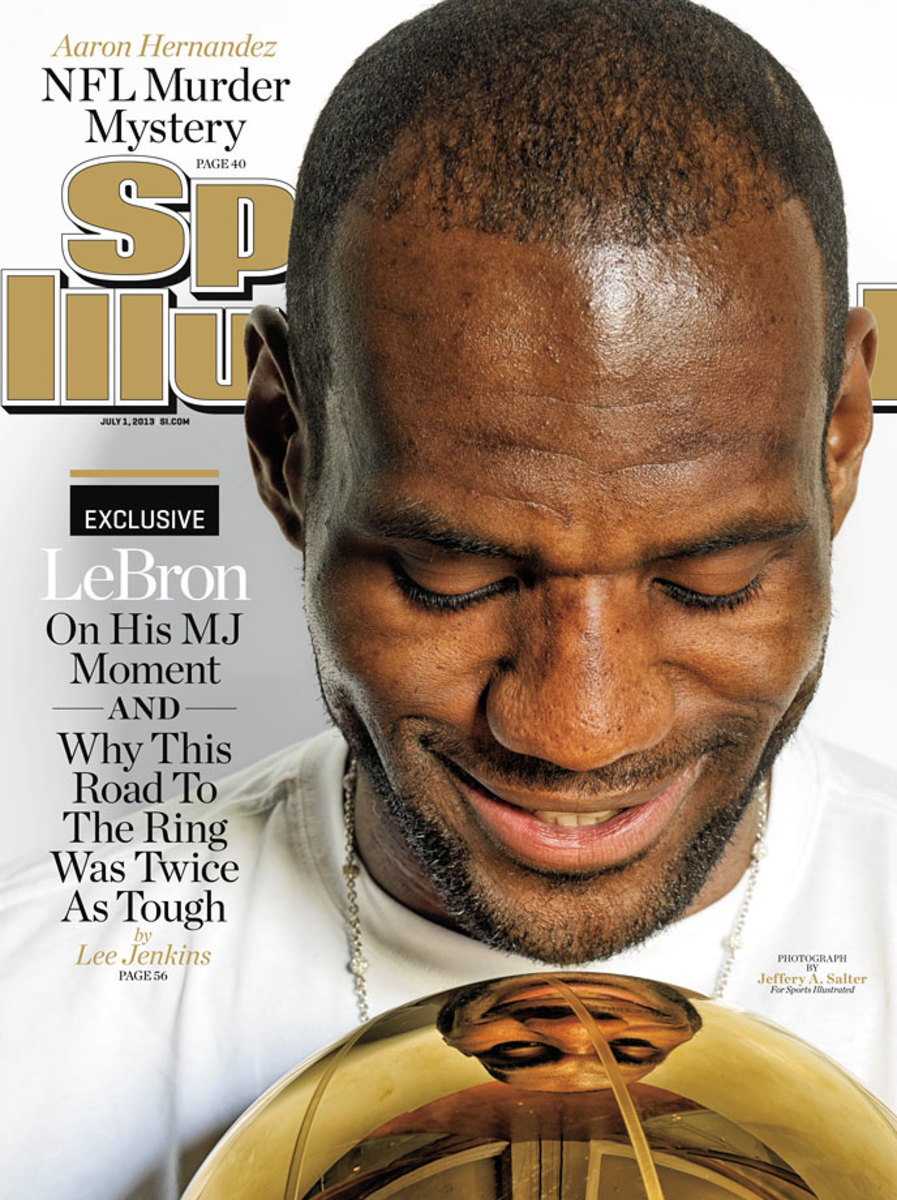
July 21, 2014
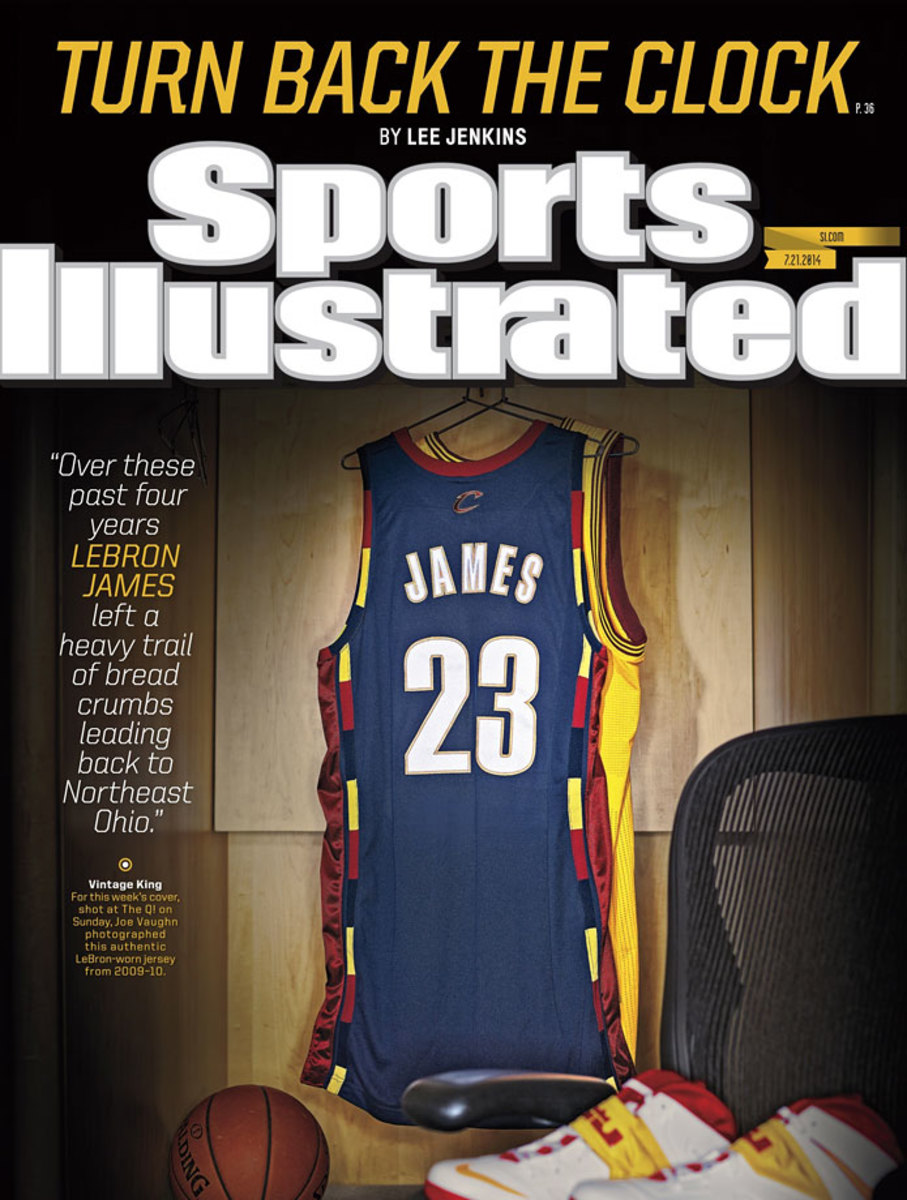
October 27, 2014
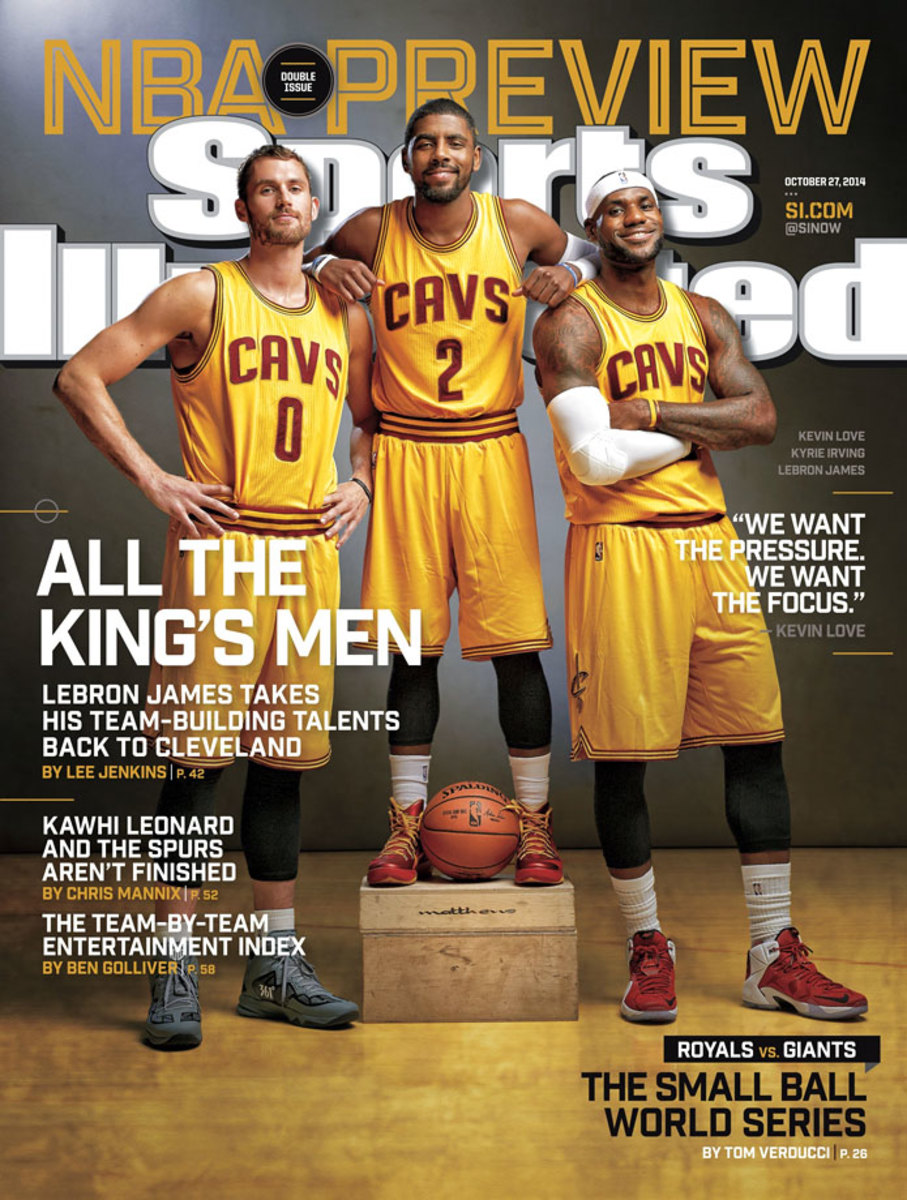
June 1, 2015
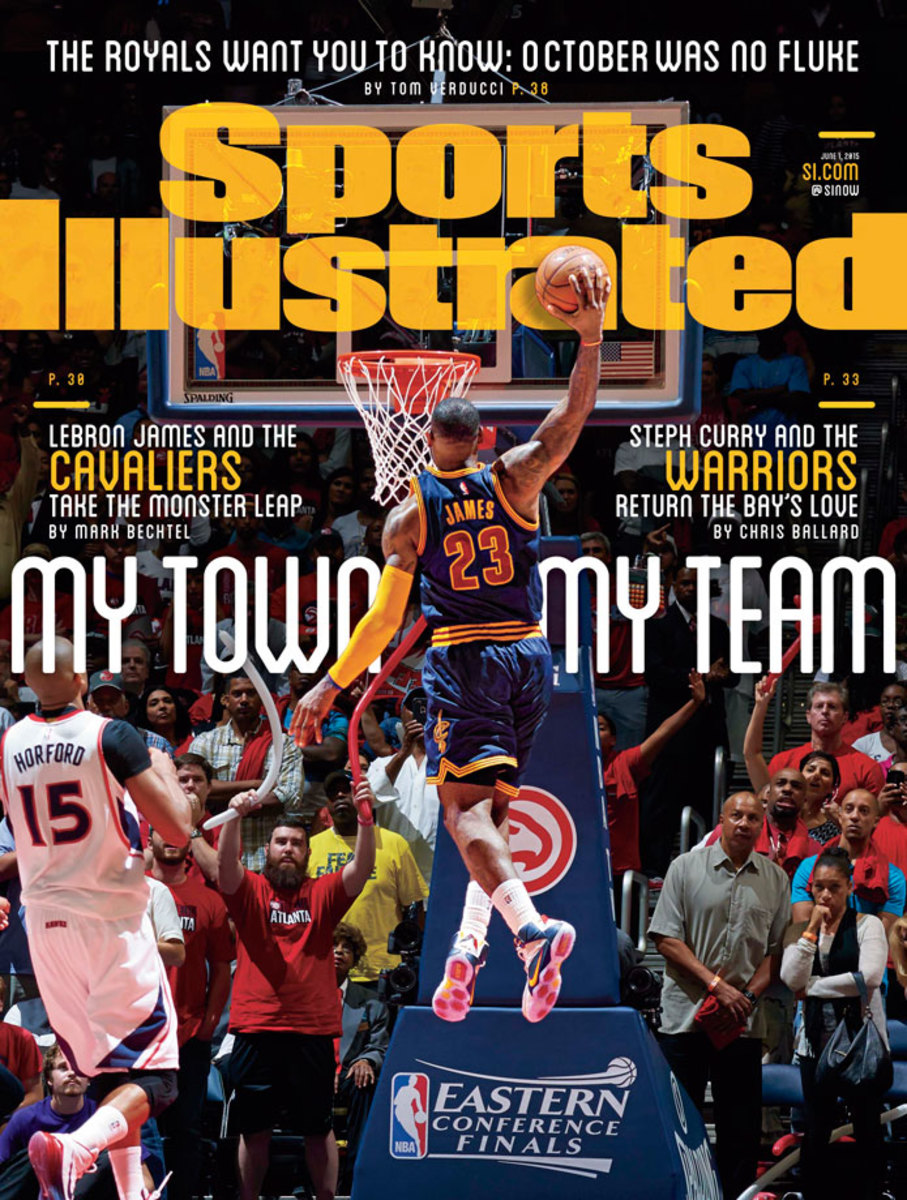
June 22, 2015
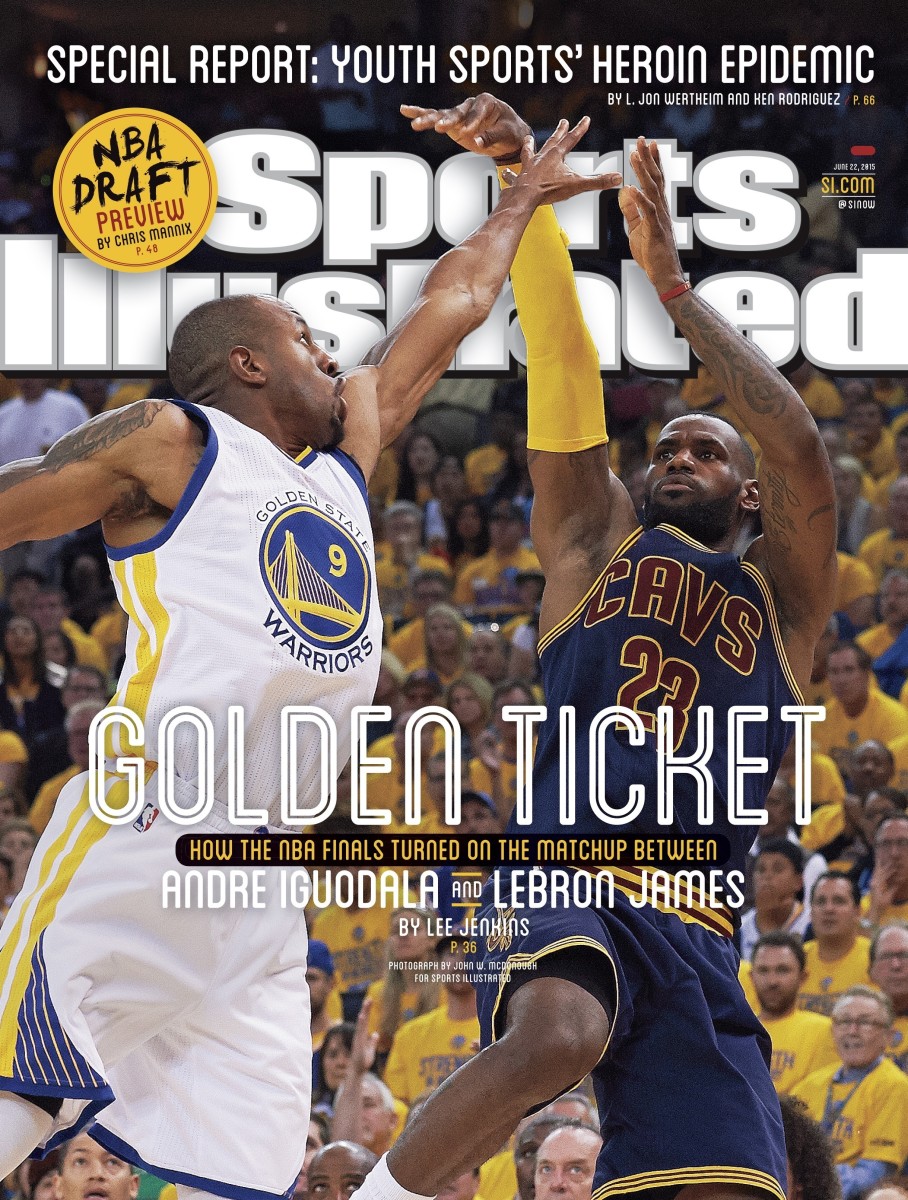
December 7, 2015
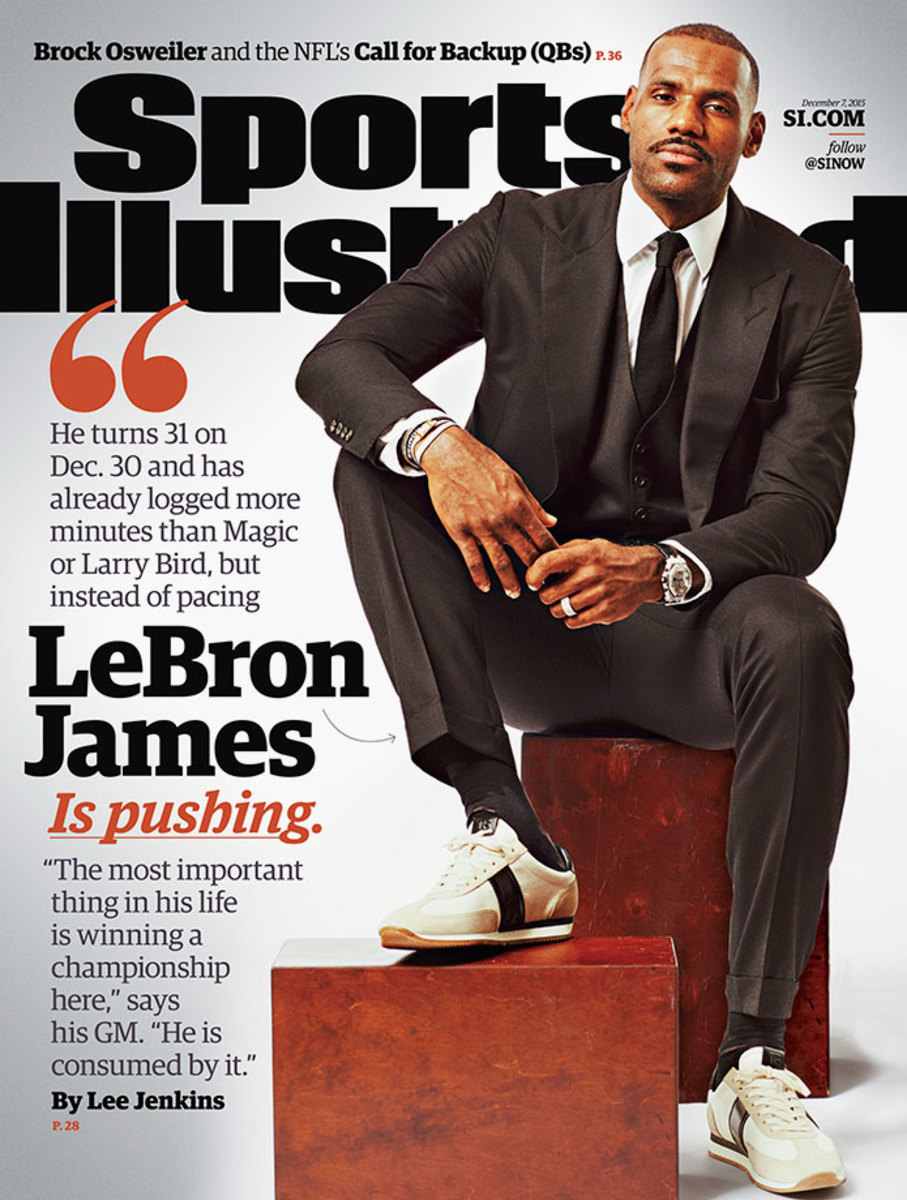
June 27, 2016
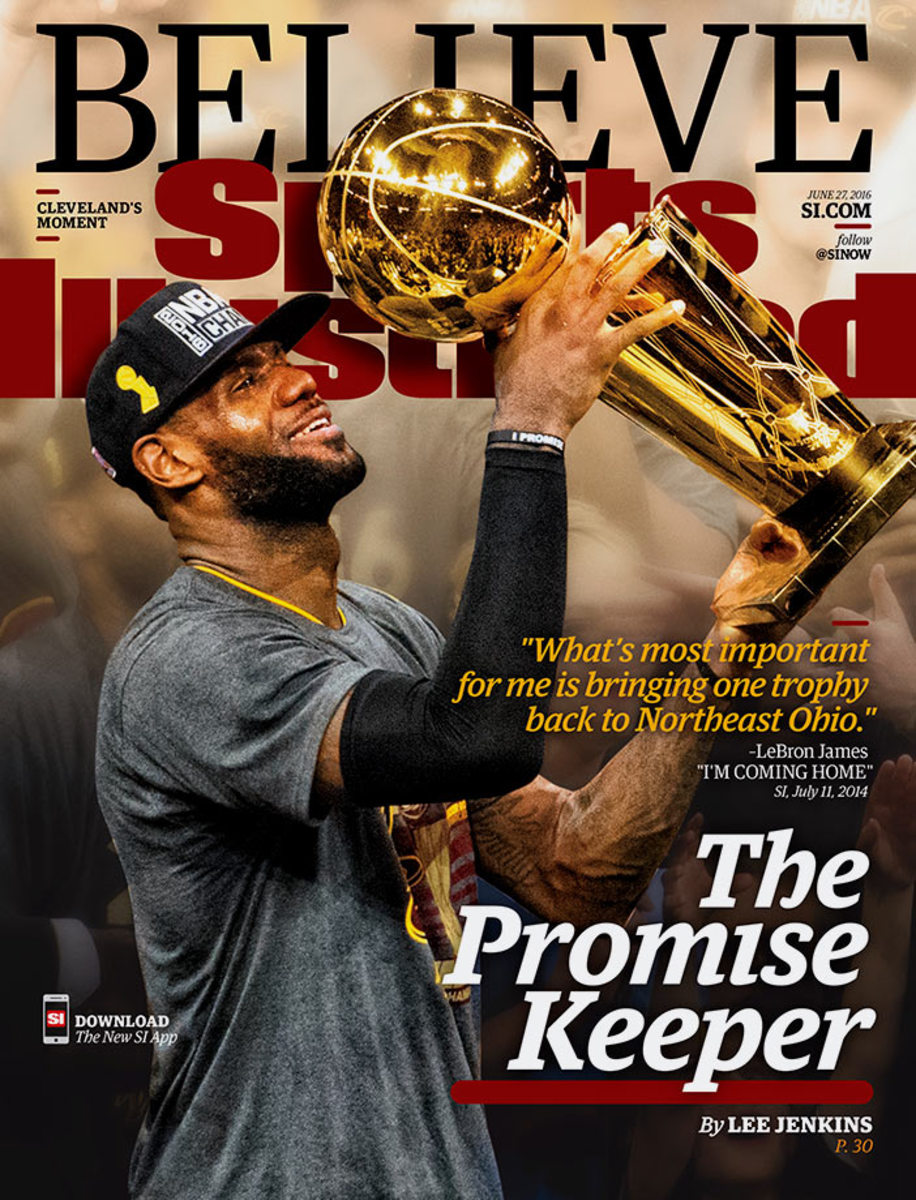
August 8, 2016
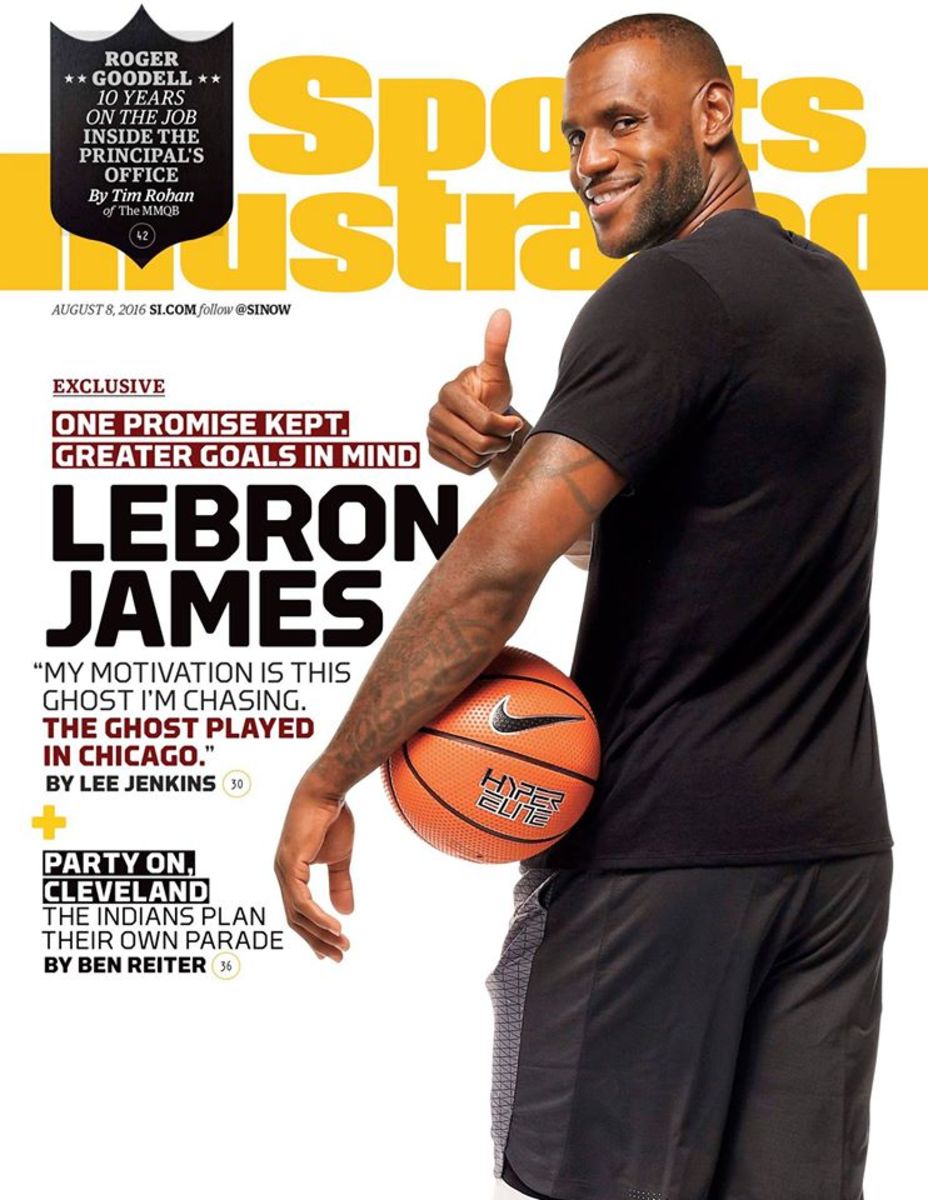
December 19, 2016
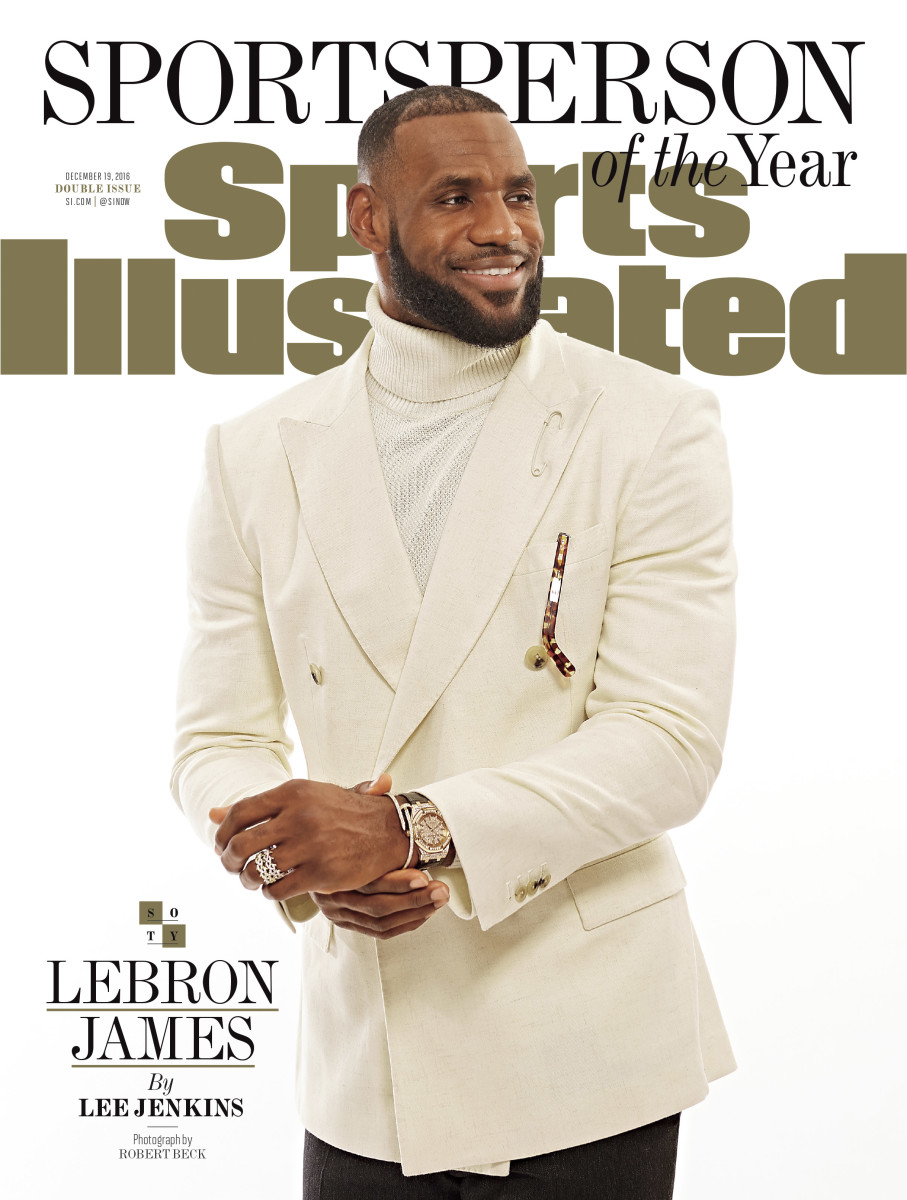
June 5, 2017
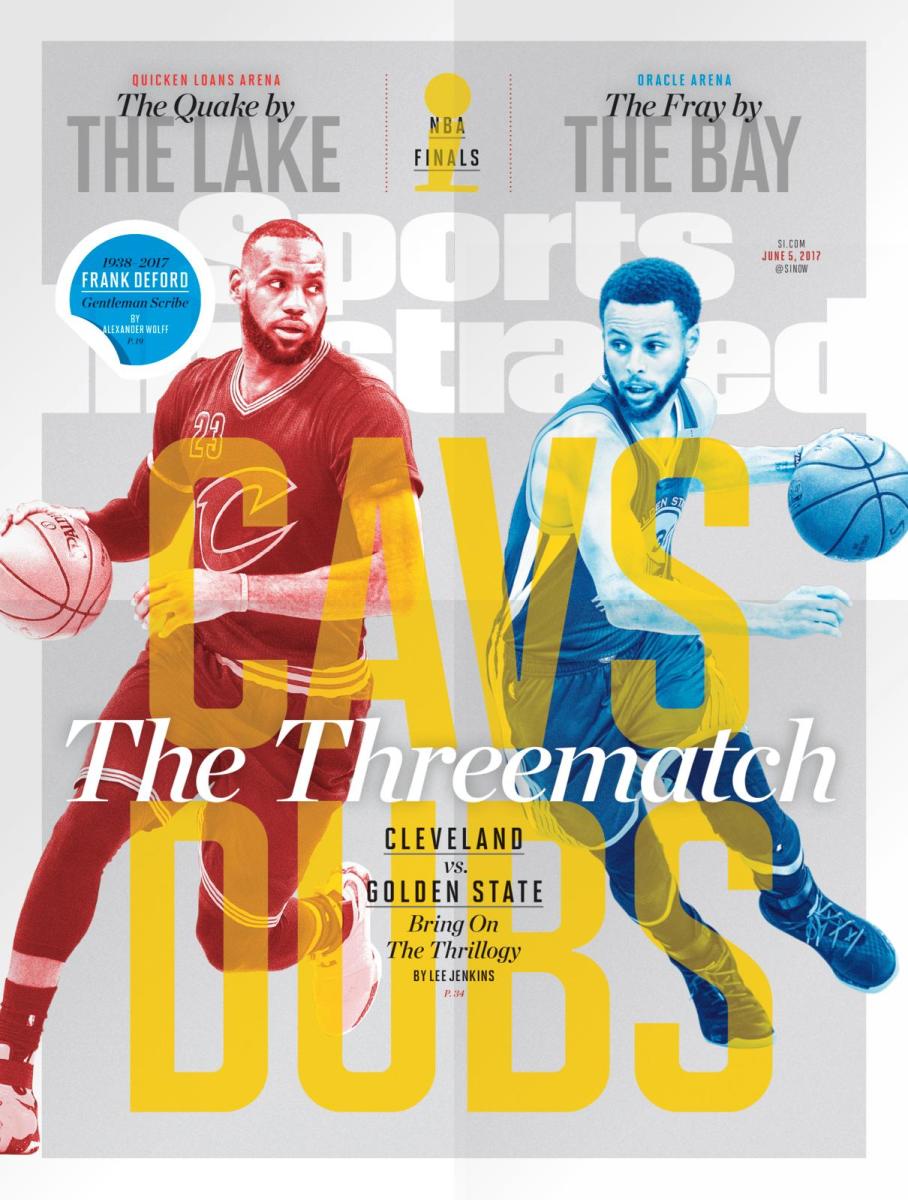
October 2, 2017
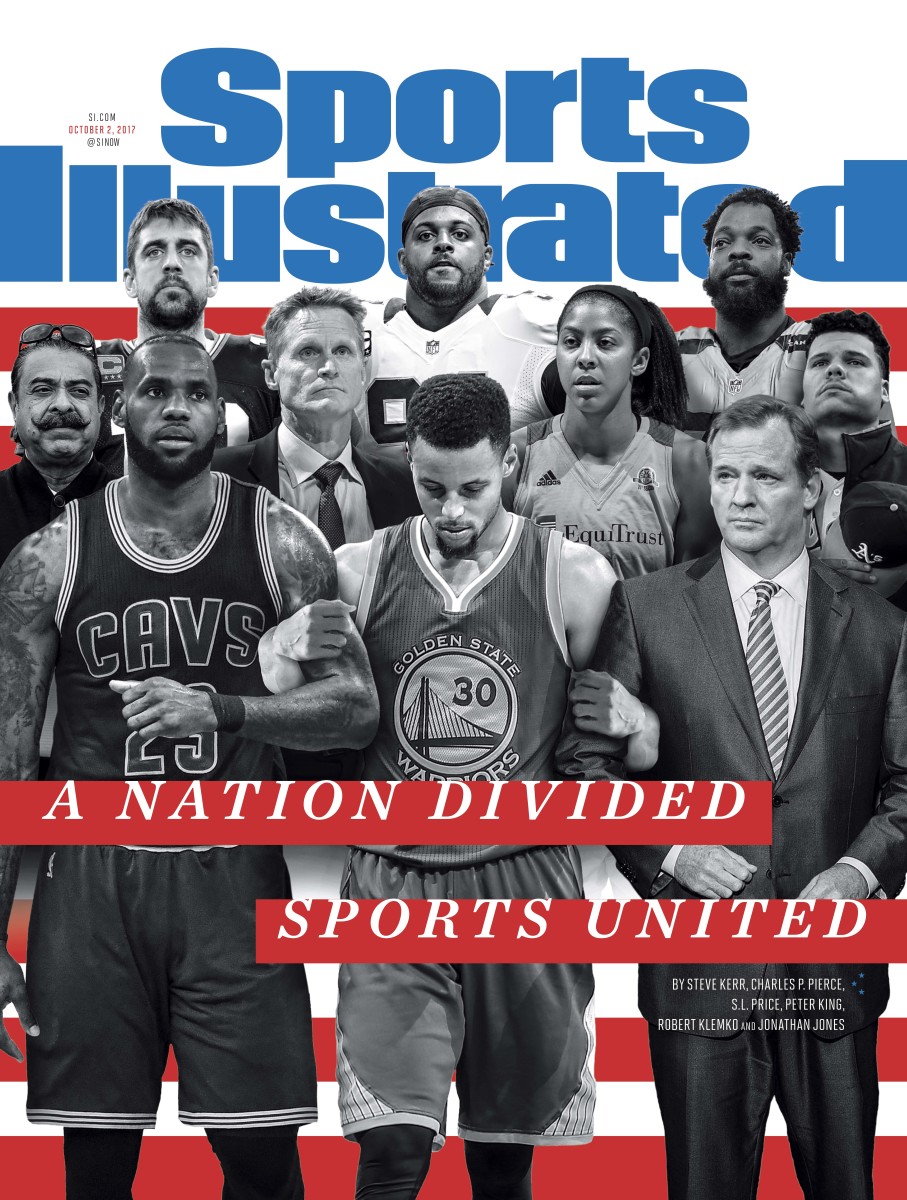
July 16, 2018
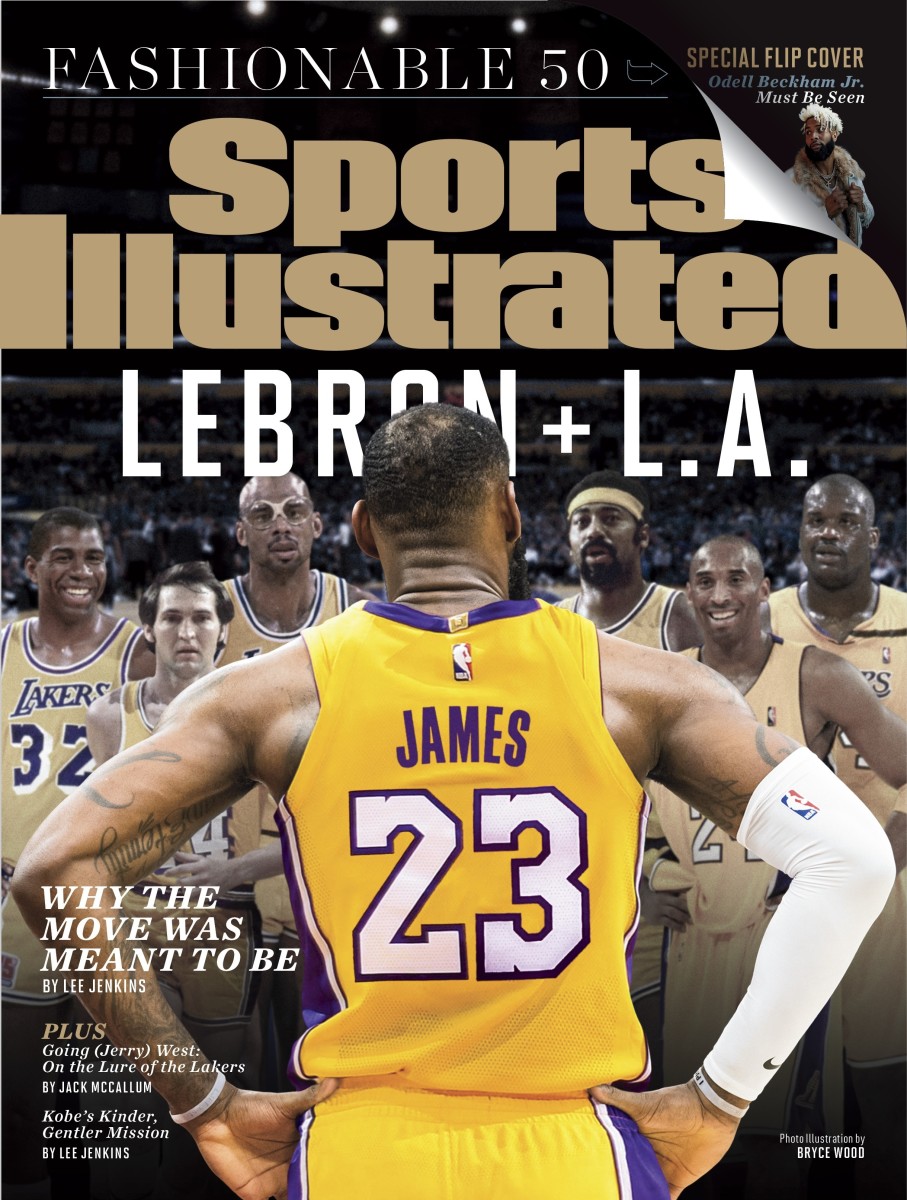
October 22, 2018
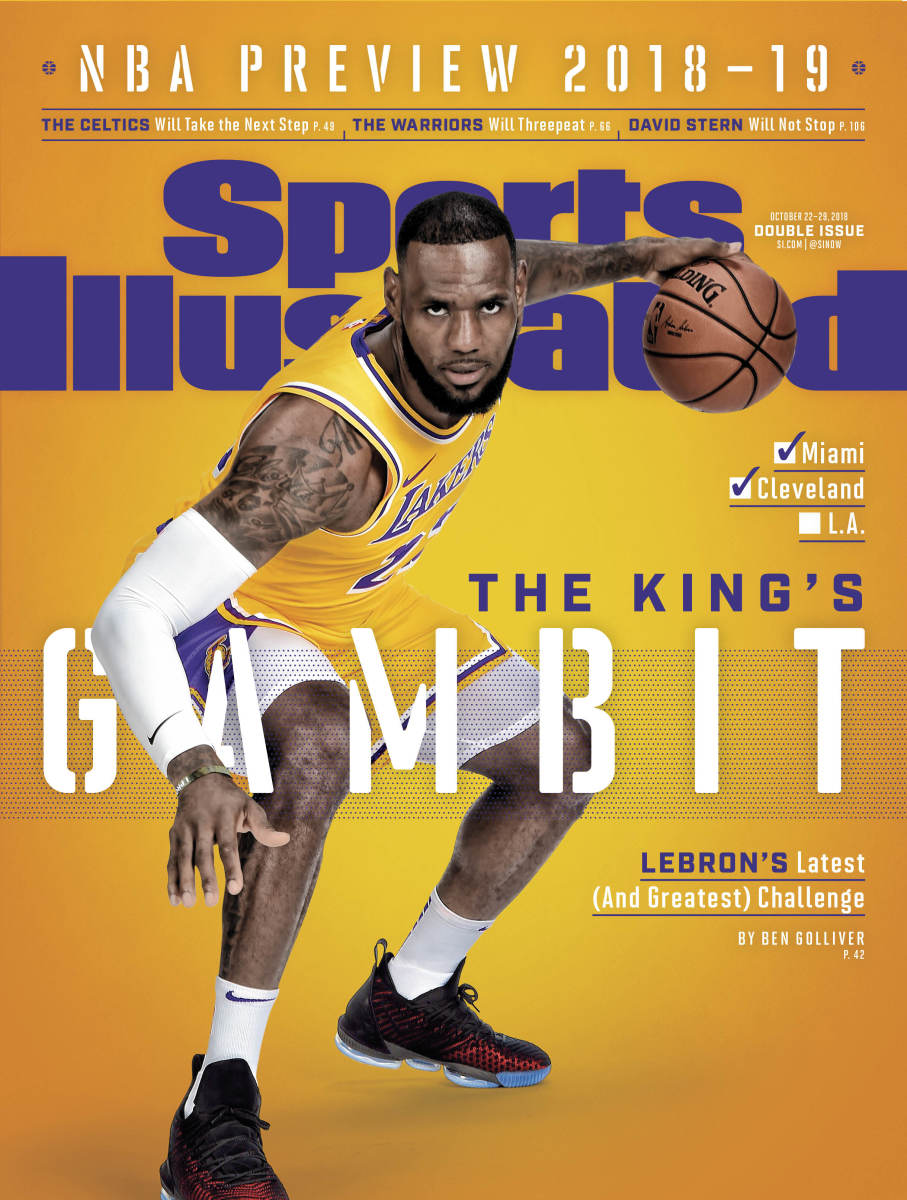
December 15, 2020
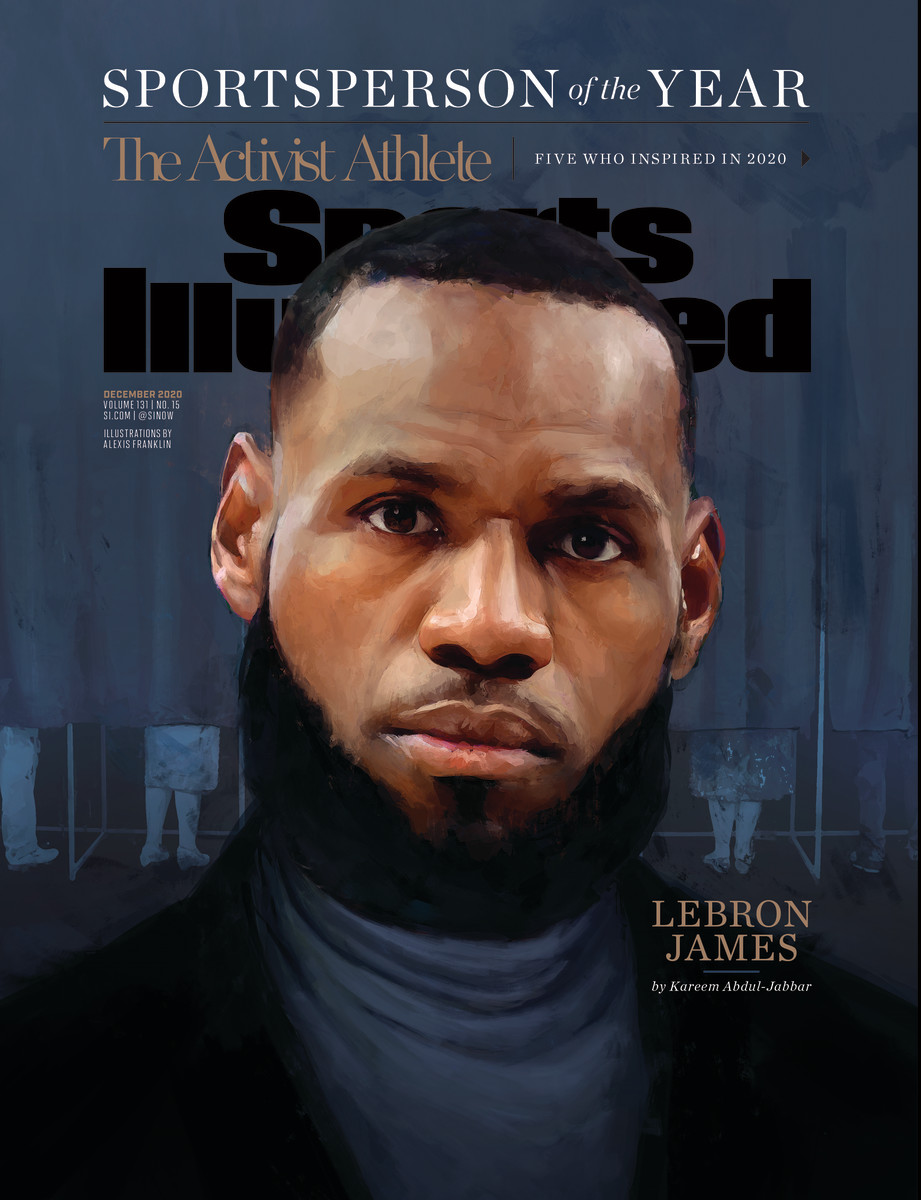
October 2022
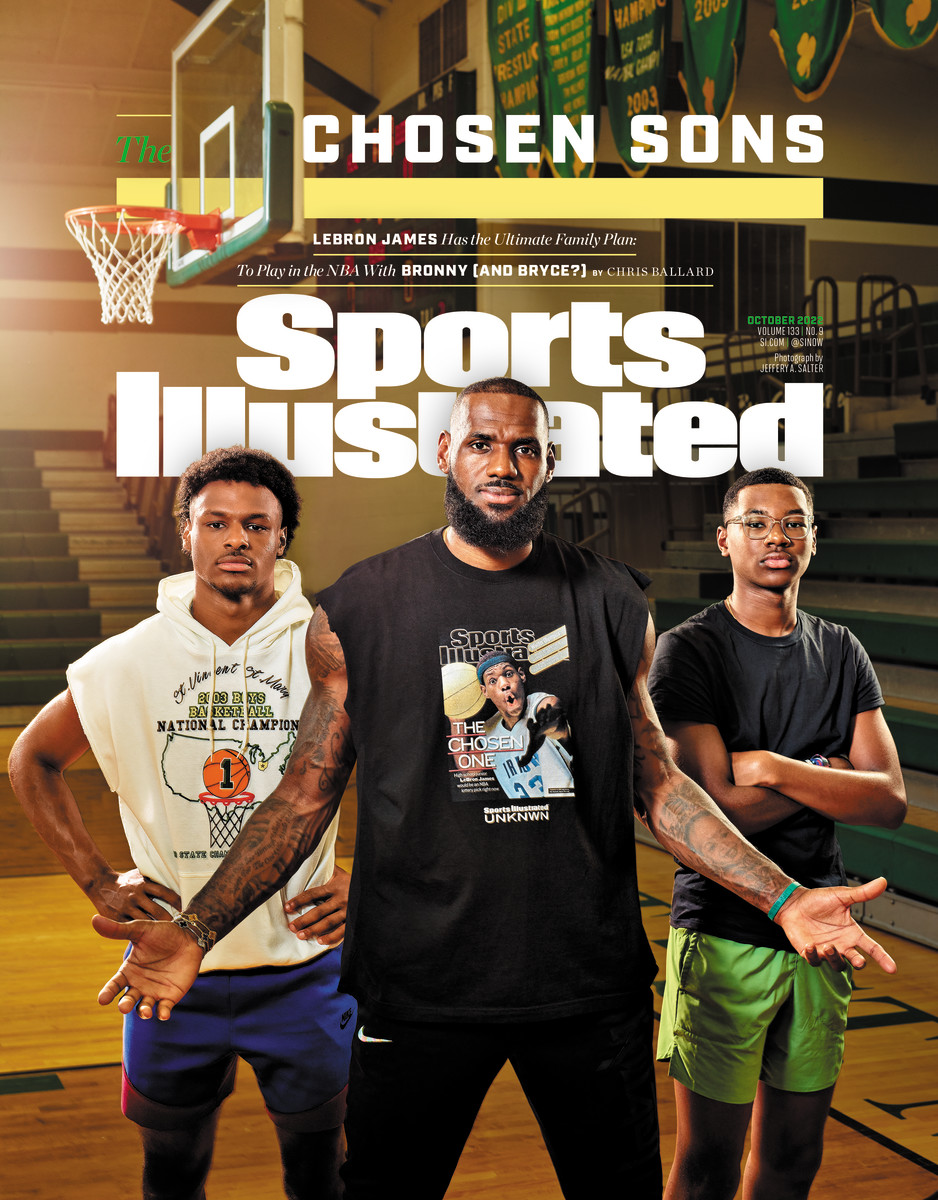
The importance of the former cannot be oversold. The Cavs have been guilty, at times, of taking hiccups in execution as reason to break from the offense. Over the course of this series, they largely stuck with it. Even a few consecutive missed threes didn’t deter Cleveland’s shooters from lining up and firing away, which in turn helped to maintain the spacing that makes the Cavs so brutally effective. If posting up Love resulted in a turnover, Cleveland would return to that setup later at a better angle rather than phase out that element of its offense. When the Pistons hustled in their rotations to stall out a dribble hand–off, the Cavs would move on and regroup. There will always be some instances in which Irving or James pounds the ball in isolation. Cleveland’s success came in keeping those occasions to a reasonable minimum and redeeming those instances with back-breaking makes. Even hero ball has its place.
• MORE NBA: Playoff schedule: Dates, TV times, results and more
Whether the Cavaliers maintain this same level of commitment to the long ball is of interest for how it relates to those isolation streaks. Matchups will change and the percentages will inevitably fade. When those factors shift, what kind of team does Cleveland become? Three-point attempts may not be a conclusive indicator of offensive health, but for the Cavs they suggest that the roster’s specific advantages are yielding broad returns. Individual mismatches are most fruitful when serving more than one scorer. The goal for Cleveland’s stars, as always, should be to apply those mismatches toward sweeping disruption of an opposing defense. With an advantage gained, the ball moves and the threes follow.
